A 2 week Japan itinerary in the middle of winter? Maybe your idea of a winter vacation involves less snow and cold weather, but we think wintertime travel in Japan is one of the best times to go to the country!
In the summertime, the humidity and swells of tourism makes exploring the Japan a bit draining. We have travelled to Japan three times now, all in the middle of winter and we couldn’t recommend it more! With snow covered mountains and temples, hot springs, warm Kotatsu dining tables, and piping hot street food, Japan has you covered even in the coldest weather.
So grab some a warm cup of tea, sit back, and enjoy our 2 week Japan itinerary for your next winter adventure.

∴
Navigation:
∴
TOKYO (4 DAYS)
A 2 week Japan itinerary wouldn’t be complete without exploring the expansive capital of Tokyo. Your international flight will land here anyway, so don’t skip out on going into the city and doing some sightseeing. You can spend days, weeks, and months exploring this city and still not see it all, but we think that four days at the beginning of your trip should check off some of the highlights and get you rested after a long flight.

∴
Day 1:
Arrive In Tokyo, Wander Around Your Hotel, Get Some Rest
Land in Tokyo
Take the train to your hotel and explore your neighborhood for the evening! There’s nothing better than getting to know the place you’ll be staying so you can know where to shop, eat, and not get lost.
∴
Day 2:
Explore Meiji Shrine, Be Artsy In
Harajuku, Go Crazy In Shibuya
Morning: Meiji Shrine
The shrine, located in the beautiful Yoyogi Park, is dedicated to Emperor Meiji and his consort, Empress Shoken. This temple is a must see in the Harajuku area as the serene and historic shrine juxtaposes itself against the busy and modern city that surrounds the park.
Wake up refreshed and take the train into Harujuku Station on the JR Line or Meiji-Jingu-Mae Station on the Chiyoda and Fukutoshin Lines. From here, you can walk to Yoyogi Park, home to the famous Meiji Shrine.

Afternoon: Harajuku
The Harajuku trend is huge in Tokyo and they have their own neighborhood to boot! Think of them like modern bohemians akin to the hippies in Haight Ashbury from 1960s San Francisco. Hip, vintage, and colorful, Harajuku is definitely a unique place for thrift shopping and people watching.
Back track towards the subway station and the Harajuku neighborhood. Definitely check out the Haight Ashbury shop here! Seriously, just go to all the thrift stores and feel all the 1990’s nostalgia this area is famous for.

Evening: Shibuya
The Shibuya neighborhood is the iconic poster child of Tokyo. You have probably seen a million photos and movies shot along the Shibuya crosswalk. Shibuya is best to do in the late afternoon and evening. It is one of the more costly areas we spent time in, but definitely worth it for one night out in Tokyo!

Walk around and see some of the shops before heading to the Shibuya crossing to take some golden hour photos. Afterwards, grab some yakitori (skewered snack food) at Torikizoku (we called this place turtle yakitori because the middle character in the name looks like a little turtle!) Be sure to hit up a few sake bars, and then finish up at the karaoke bar for an hour.
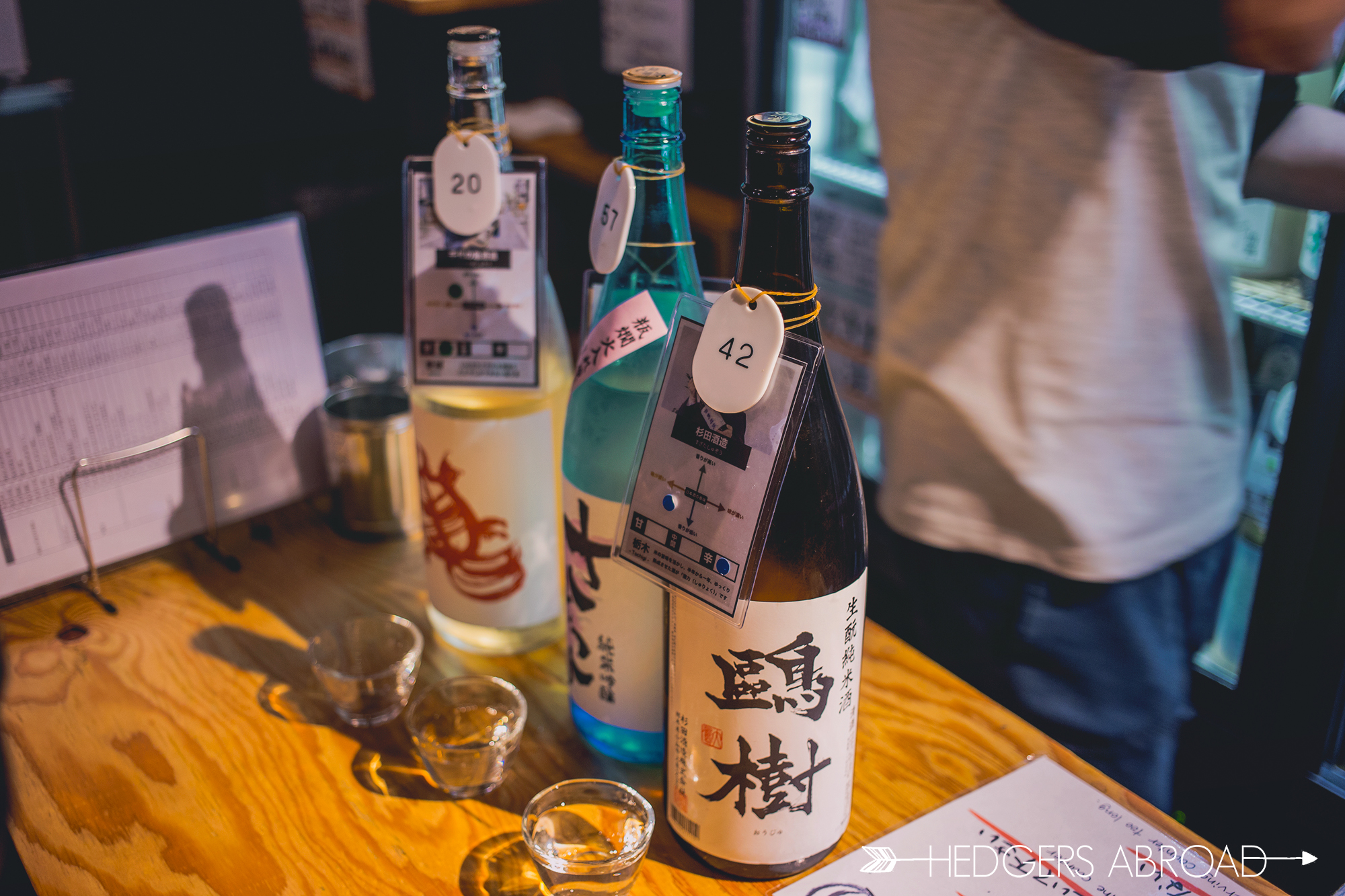
∴
Day 3:
Sleep In, Eat Some Fish At The Tsukiji Market,
Go To Yanaka Cat Town
Mid-Morning: Tsukiji Fish Market
The Tsukiji Fish Market is a must see if you are staying in Tokyo for more than a couple of days. The late Anthony Bourdain once said, “When I’m in a city that’s new to me, I try to go to the central market very early in my trip. I’ll go at 6 a.m., when people are shopping for businesses. You get to see what people buy and really eat.” Markets are where you are go to get cheap(ish) food and people watch. You’re sure to have a unique experience each and every time you go.
Get exited because you can create your own fish bowl set! Snag some photos after you eat because you don’t want to wait too long for the crowds to settle in and have to wait forever for your food.
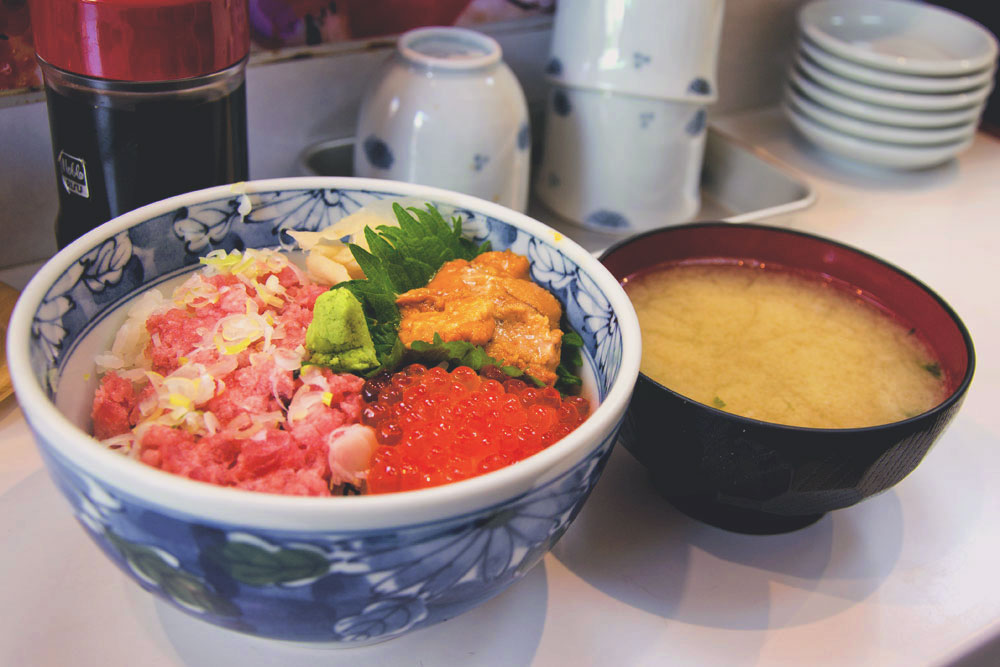
Afternoon: Yanaka Cat Town
When we heard that there was small alleyway of shops, restaurants, and cafes called “Cat Town” we clearly had to go! The street is short but the quaint shops and eateries are a great way to spend a bit of your afternoon without too much walking. Plus, you can spend all your time looking out for kitties. Total win.
After eating your weight in fish, really get in touch with your feline side by hanging out with some cats in the Yanaka Cat Town! This is one of the oldest and historic neighborhoods in Tokyo, so don’t miss it.

∴
Day 4:
Sunrise at Senso-ji Temple, Cafés and Shopping,
Night Out in Piss Alley
Morning: Senso-ji Temple
The Senso-ji Temple is the oldest temple in Toyko dating back to 645 AD and therefore is one of the most famous temples in Japan. Don’t forget to check out the Asakusa Market shopping and food heaven. Asakusa is a street is located on a narrow strip of land leading straight to the Senso-ji Temple! You can rent kimono, check out the market, and sign up to start your own Goshuincho stamp book at the temple. Basically, these little books are stamped and signed by an attendant for 300 yen. It is a way to document your pilgrimage to the temple or shrine and is a gorgeous souvenir of your trip.
Go in the early morning if you are looking to beat the crowds. We’re talking pre-sunrise. The morning light looks incredible here though and is certainly worth the early start!


Evening: Memory Lane aka Piss Alley
Dozens of cheap yakitori, skewered small snack foods, restaurants line the narrow and grungy alleyways previously known as Pissy Alley. Not so many years ago, the alleyways restaurants had no public toilets and often men would simply relieve themselves right in the cramped streets. Now, clearly marked toilet signs can be found and so, we can only hope, cleanliness levels are on the rise.
Take a break from your early morning start with some rest or café time. Afterwards, we totally suggest stuffing your face for a full evening hopping from place to place in Memory Lane. Don’t forget the sake!
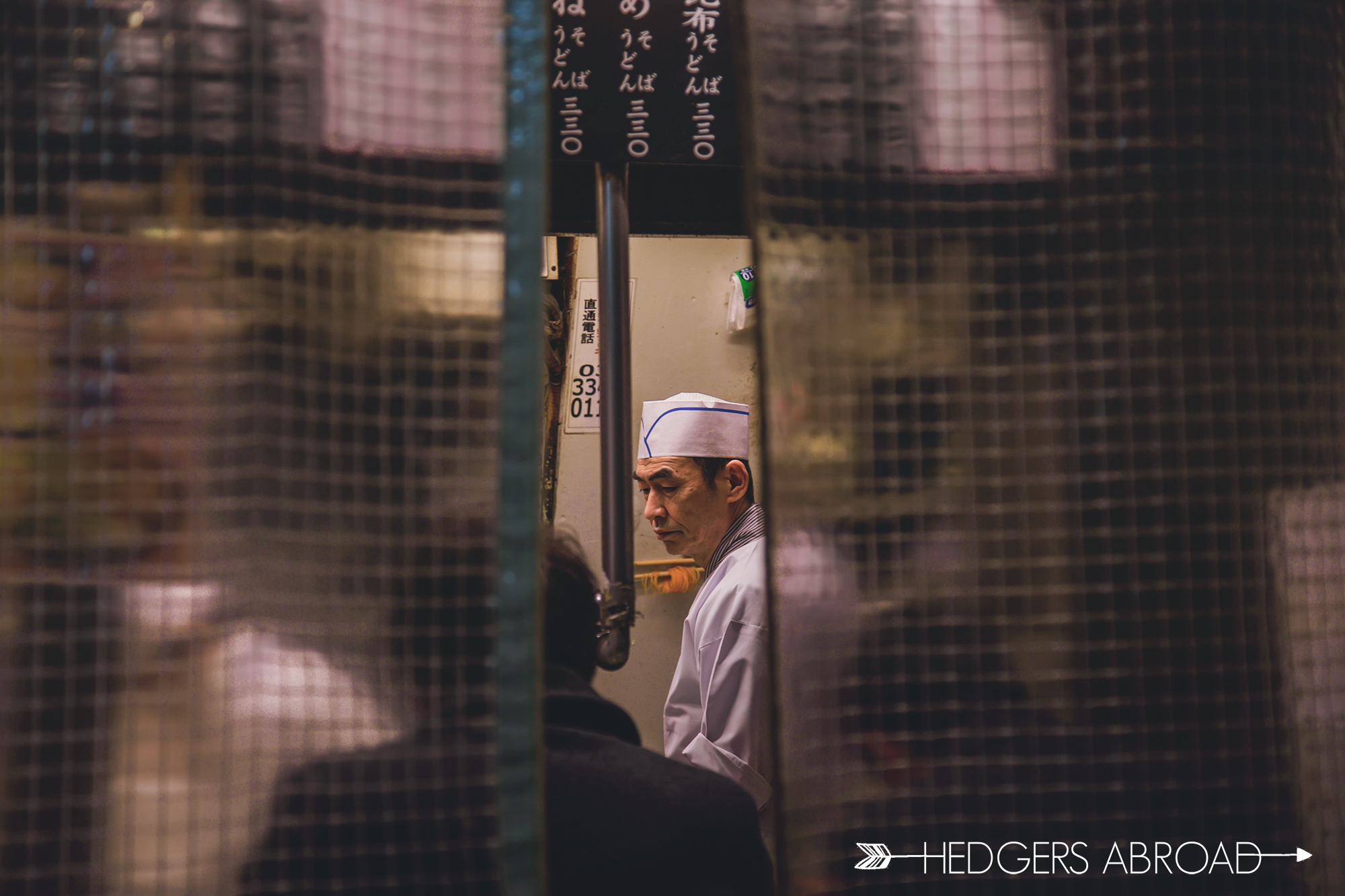
Kamakura (1 DAY)
Kamakura is a little over an hour ride outside of Tokyo, so this was an easy day trip option for us as we were not renting a car. Ryan was keen to fill his Goshuincho stamp book as Kakakura is famous for its many temples and shrines and the promised views of Mt. Fuji at sunset pretty much sealed the deal for the rest of us. Here are our suggestions for Day 5 of our 2 Week Japan Itinerary!

∴
Day 5:
Temple Walk, Lunch On Komachi Dori Street,
Sunset at Shonan Kaigan Beach
Arrive in Kamakura
Catch the train to Kita-Kamakura Station. You should start in the north and wind your way down south towards the shore.
Morning: Temple to Temple Walk
Meigetsu-in Temple
Do the temple to temple walk which will take you through 3 large and beautiful temples. Start at the Meigetsu-in Temple and see the iconic circular window in the main hall. It is particularly beautiful after a wintery snow!
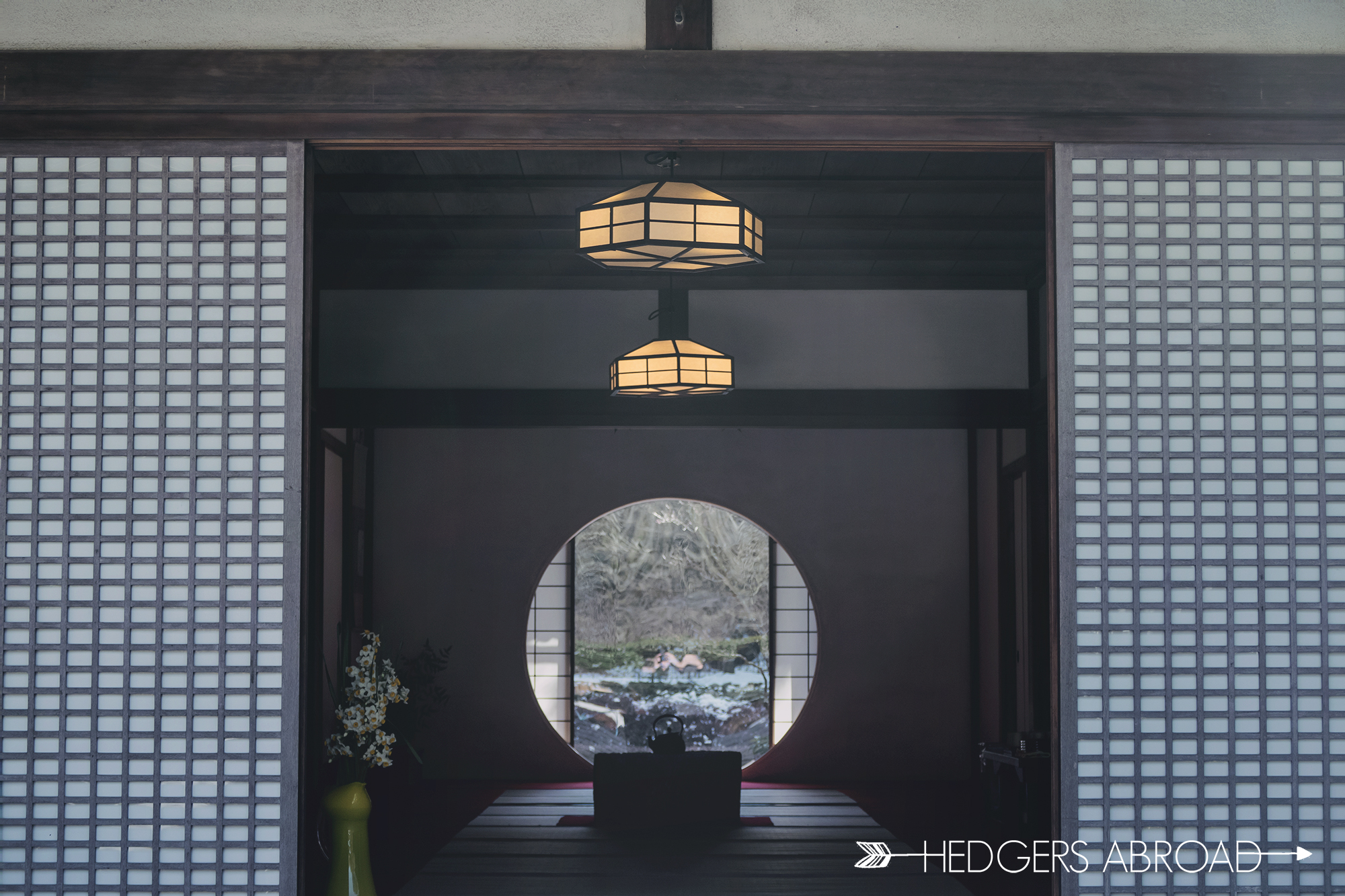
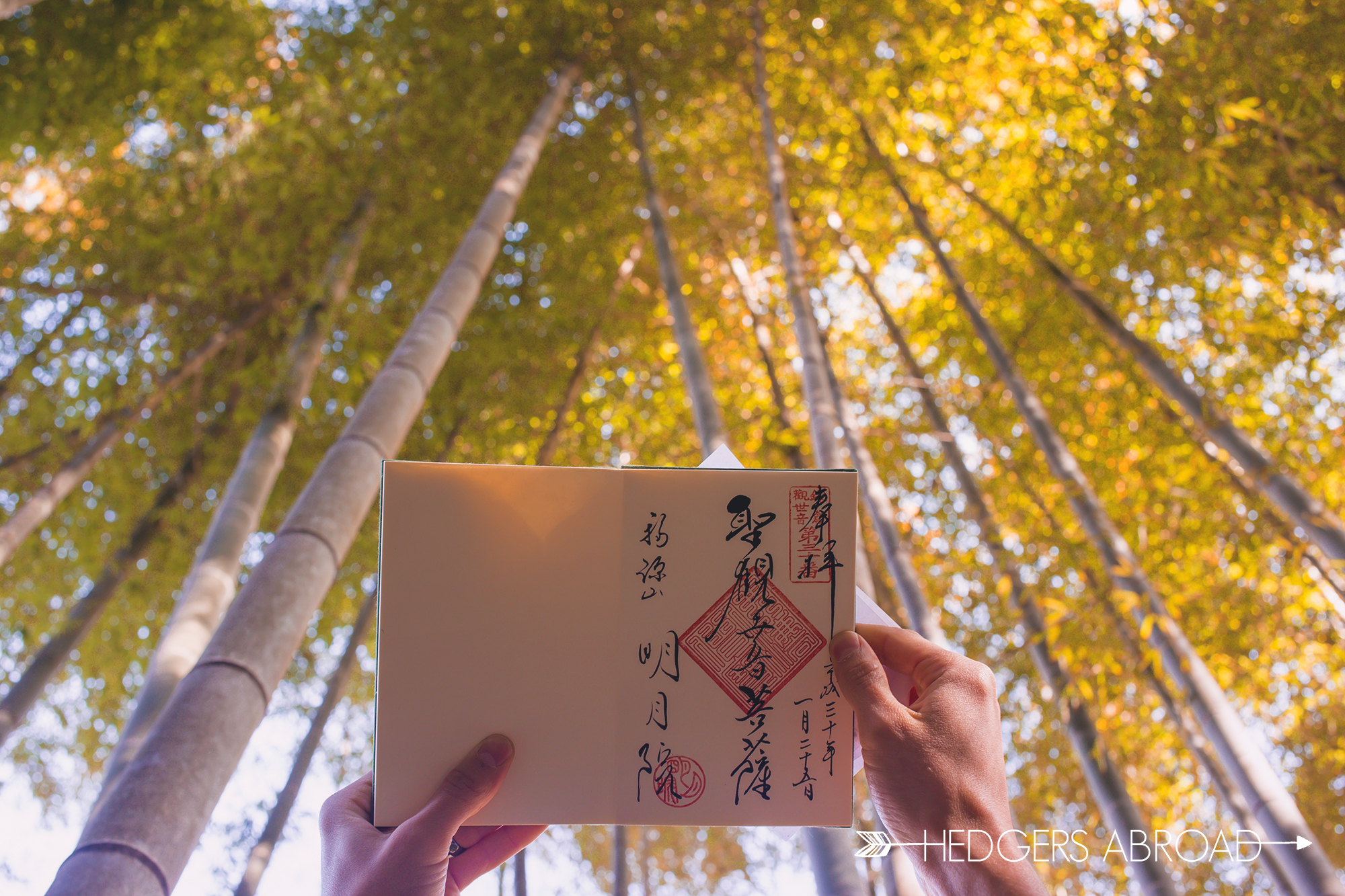
Kencho-ji Temple
Walk south towards the Kencho-ji Temple for about twenty minutes. This is the oldest Zen temple in Kamakura, founded in 1253. The temple complex is huge and therefore feels like you have the place to yourself. Don’t forget to do the hike behind the temple which will lead you up stairs for about 30 minutes before reaching the top with views of Kamakura and Mt. Fuji in the distance.
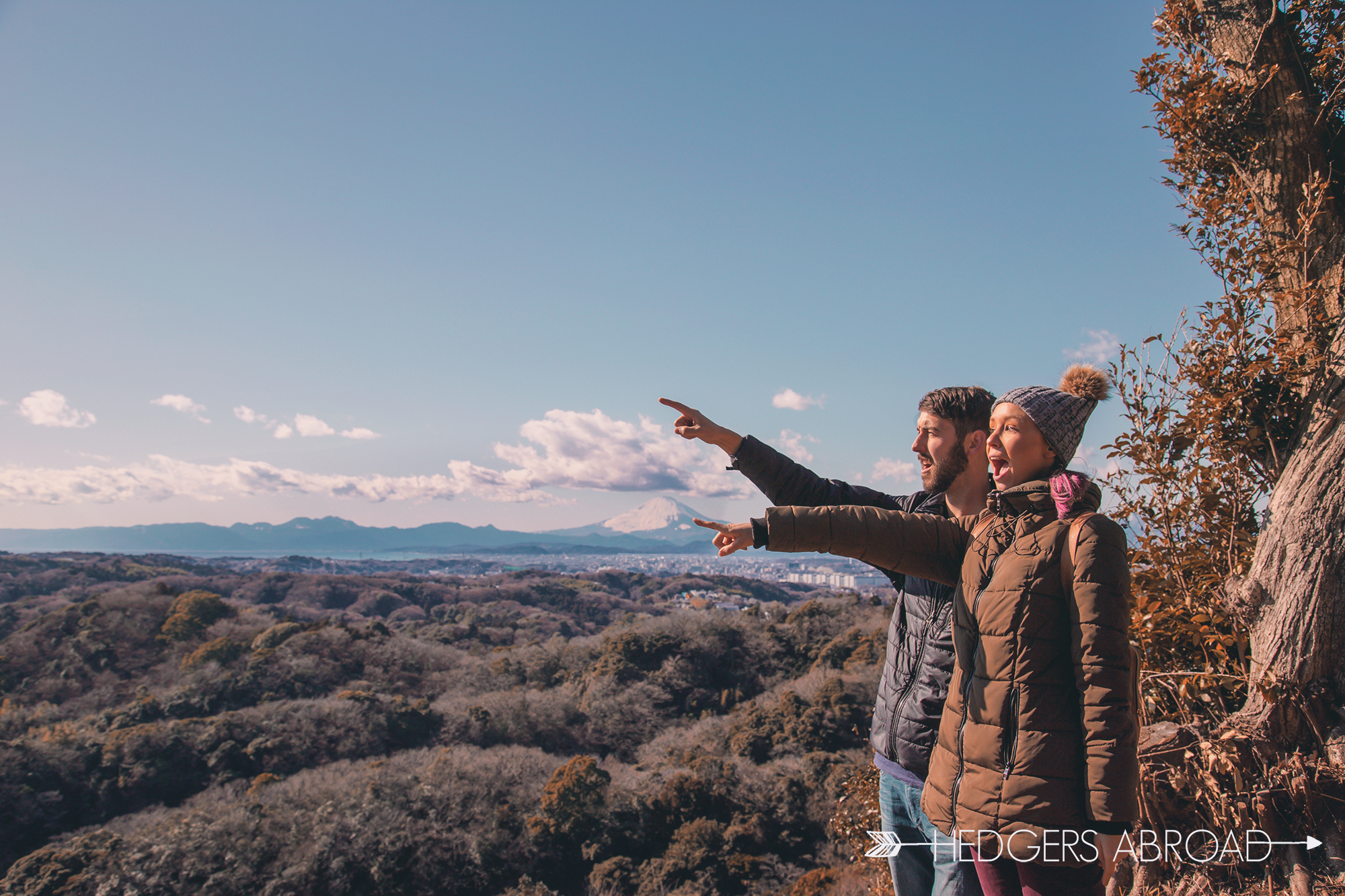
Tsurugaoka Hachiman-gu Shrine
Tsurugaoka Hachiman-gu Shrine is another fifteen minute walk south from the Kencho-ji Temple. The entrance of this shrine is amazing. A long path, starting all the way at the waterfront and winding through the city center ends in a large stone stairway to the shrine.
Here is a map of the temples in and around Kamakura for ease (zoom in to make it larger). Don’t forget to grab a Goshuincho stamp book. What could possibly be a better souvenir for your trip to Japan?

Afternoon: Komachi Dori Street
Stop in for lunch along the Komachi Dori Street and rest your tired toes. The street is at the base of the Tsurugaoka Shrine so it is an easy five minute walk from there. There are tons of amazing street food options if you want to try a little of everything but we opted for the Tonkatsu Komachi restaurant instead for some delicious fried cutlets.


Kotoku-in Temple
For one last temple, and probably the most impressive in Kamakura, the Kotokuin Temple is one last temple on your day trip itinerary. Here, you can see the Great Buddha of Kamakura which is the third largest seated Buddha statue in Japan at nearly 47 feet tall and was erected in 1252.
You can get here by taking the bus from the entrance of Komachi Dori Street. Look for the English signs directing you to the correct bus. The ride should only take about ten minutes before you arrive at the temple. Enjoy the time off your feet, otherwise you can walk the 25 minutes to the temple.
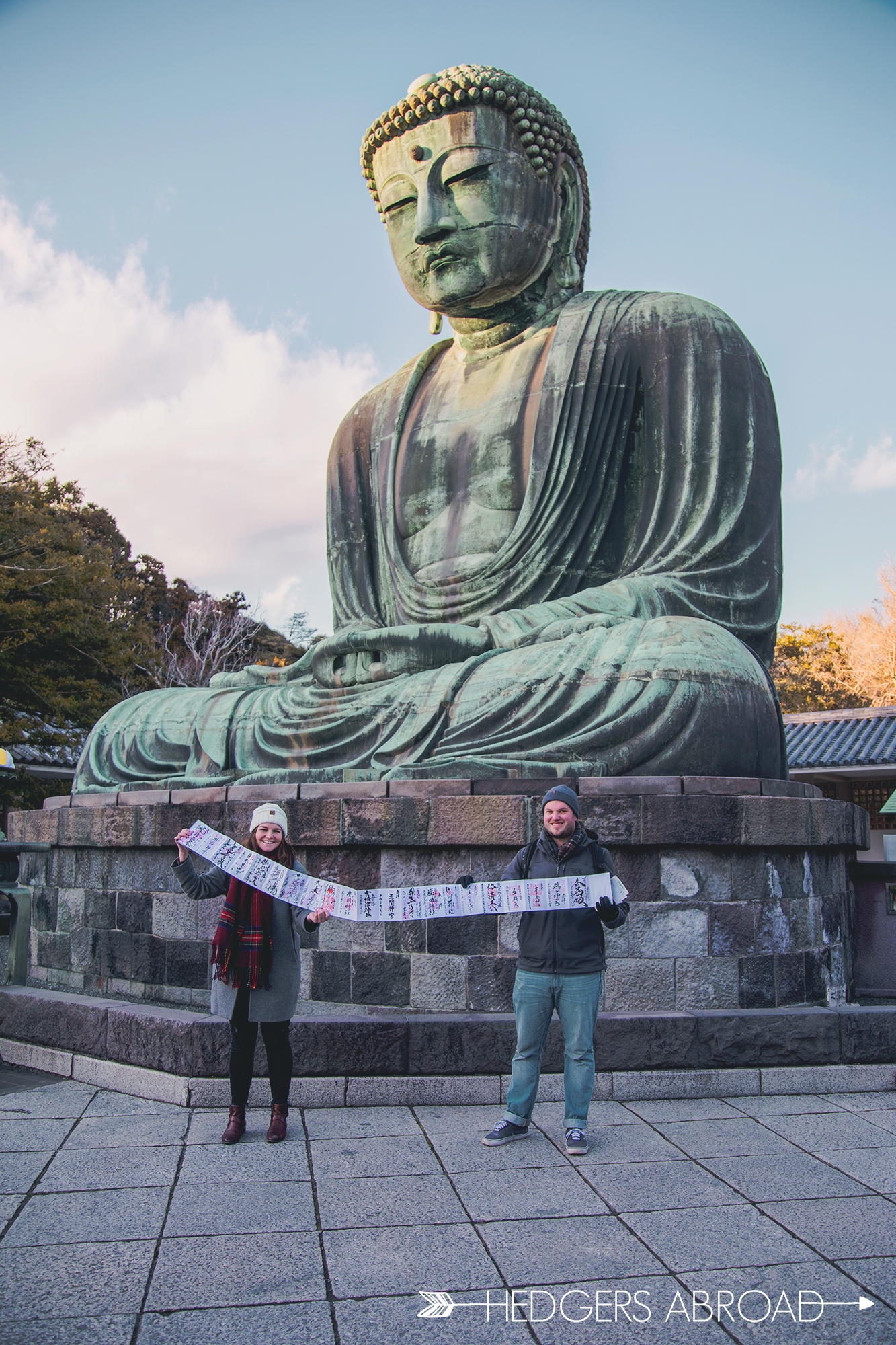

Evening: Shonan Kaigan Beach
The view of Mt. Fuji towering on the other side of the sea is stunning from Shonan Kaigan Beach. There are plenty of restaurants and cafes along the beachfront so you can grab some dinner here too if you fancy!
Grab the historic Enoden Train down to the coast. Get on the train at Hase Station, 10 minutes walking time away from Kotokuin Temple and alight at Enoshima Station. There, you’ll need to walk about ten minutes down to the beach. With a highball whiskey from the nearest 7-11 convenience store in hand, watch the sunset over the ocean with Mt. Fuji in the distance.
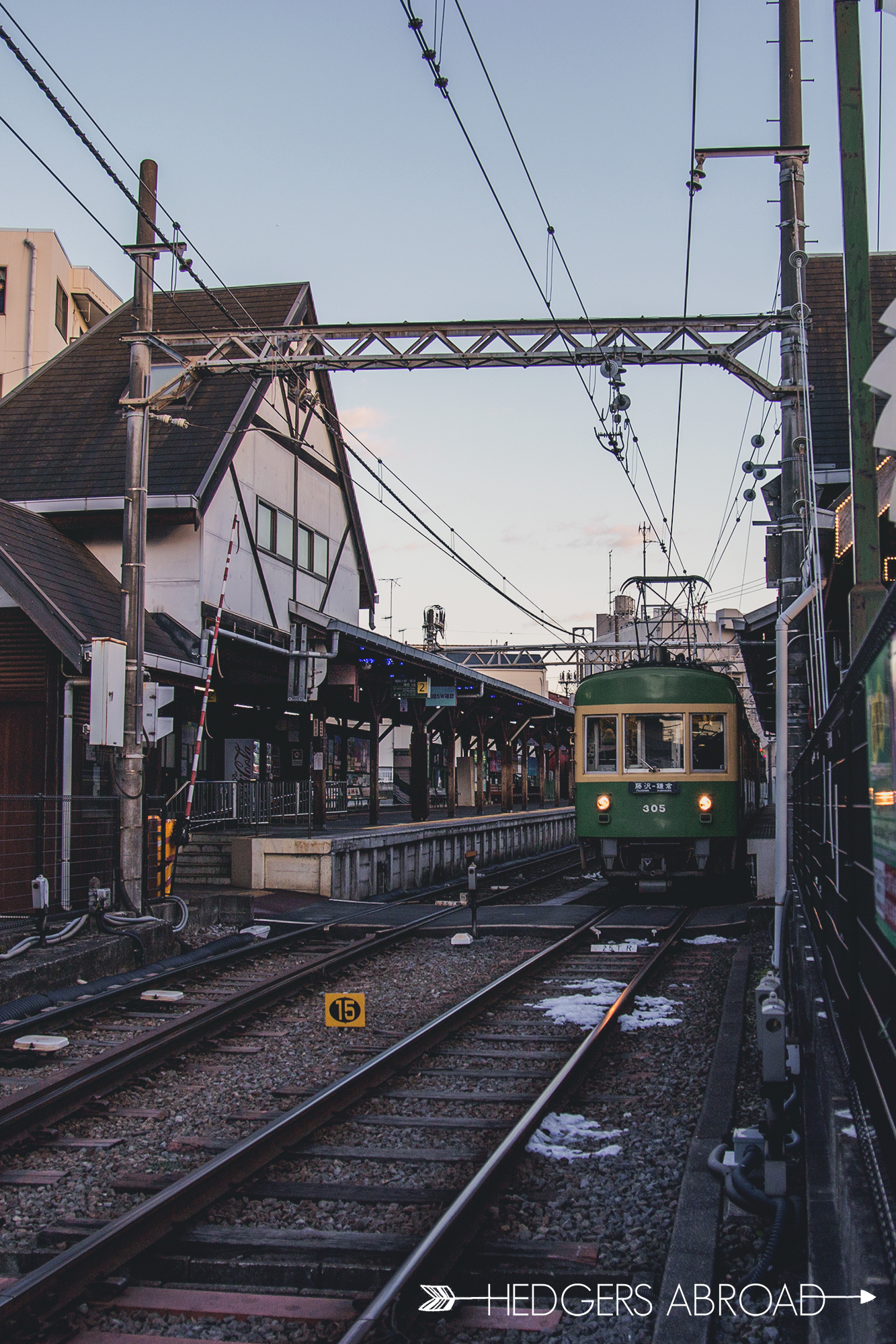
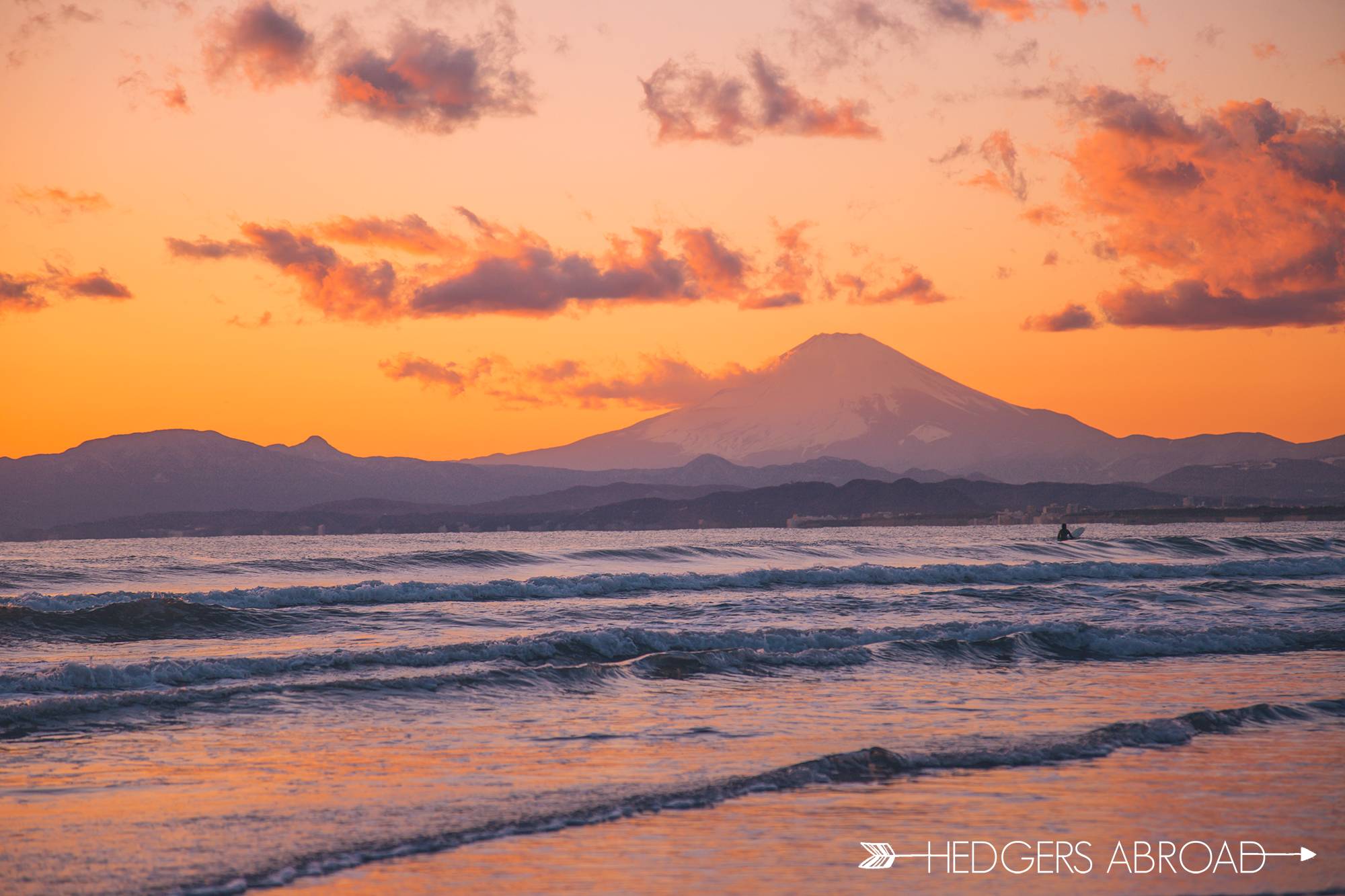
HAKONE (2 DAYS)
Hakone really isn’t the place you want to do a short day trip to from Tokyo, in our opinion. We think it’s best to dedicate at least two days here to fully enjoy this little mountain town.
Hakone is beautiful any time of year and the entire area is a Japanese National Geopark. With views of Mt. Fuji, sulfuric vents and hot springs, and the famous Ashi Lake torri gate, why wouldn’t Hakone be on your 2 Week Japan Itinerary?
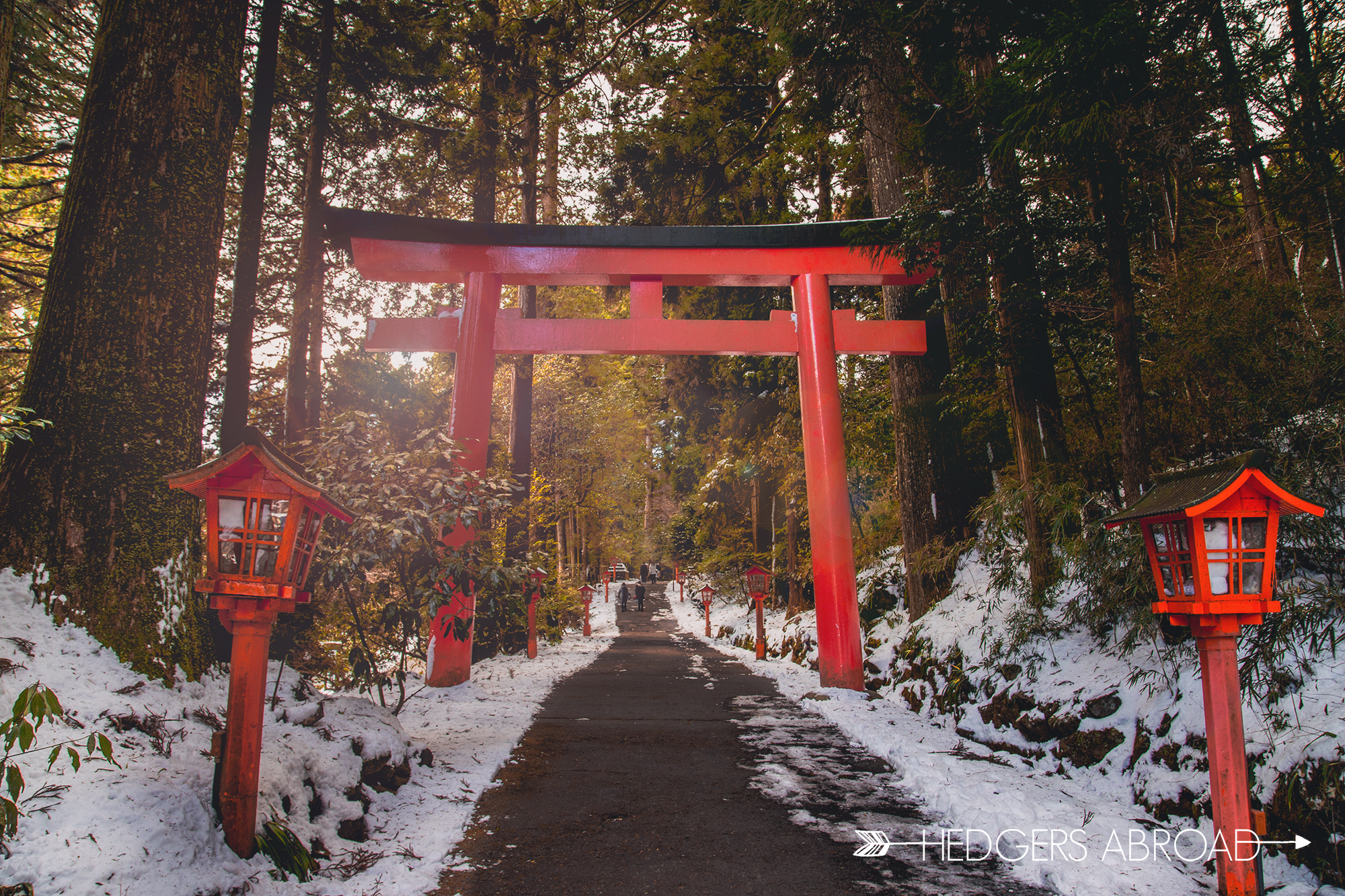
∴
Day 6:
Arrive In Hakone, Check Out The Shops, Soak In The Onsen
Morning: Arrive in Hakone
To get to Hakone, you will need to purchase train tickets on the Odakyu Line. Get your tickets for the train at the Odakyu Line departing station in Tokyo on the 2nd floor . Pay for the Hakone Free Pass 2 or 3 day pass as it is definitely worth it with all the transportation you will be taking in Hakone and the pass covers it all. Check out this site for the Hakone Free Pass for more information and maps.
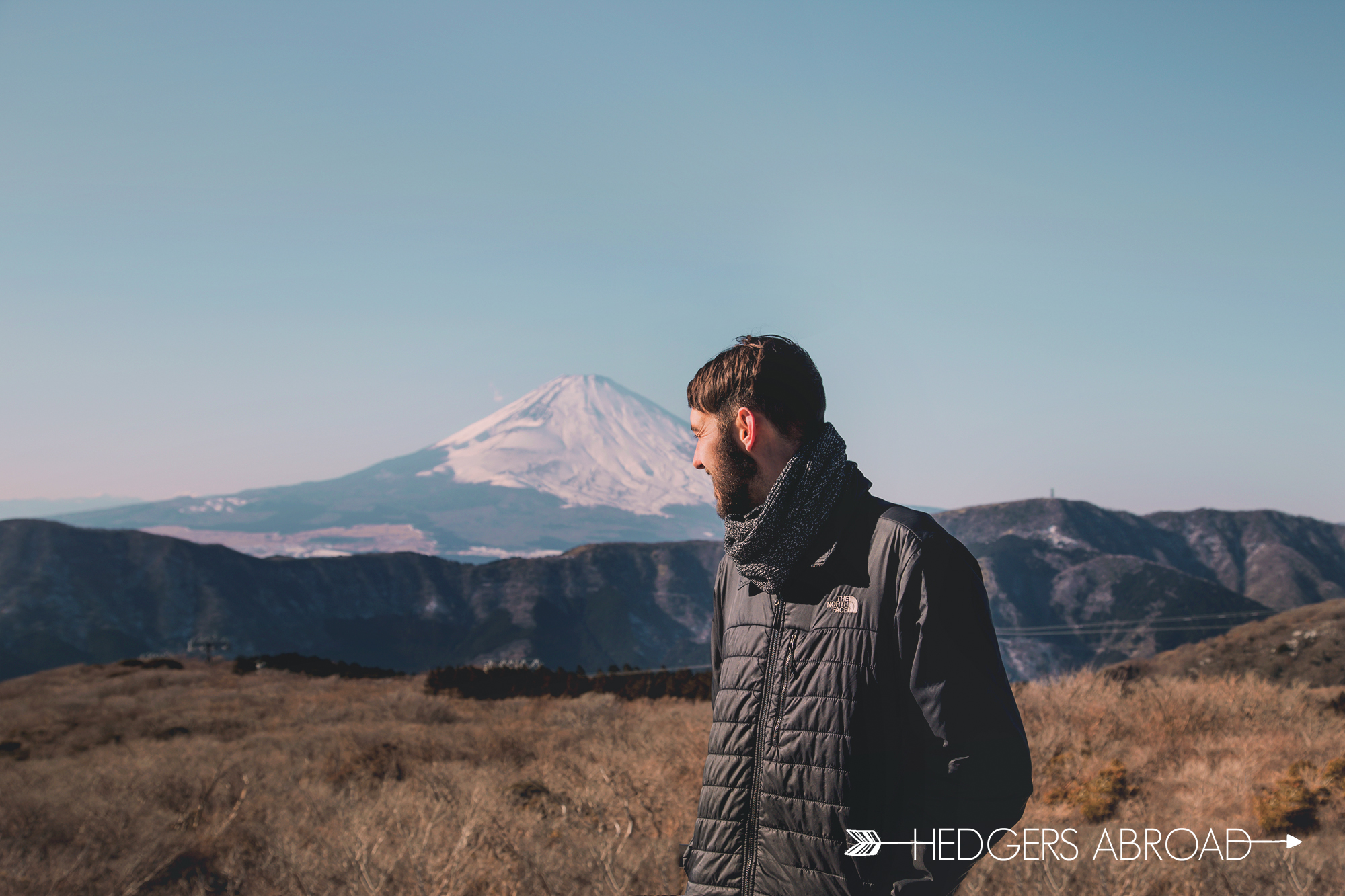
Afternoon: Hotel and Shopping
After dropping off your things, take some time to go explore the small shops and restaurants in the area and hit up a brewery or one of the numerous cafes.
Evening: Soak in an Onsen
There are tons of onsens in Hakone and we contest there is no better way to spend the cold months of the year than in piping hot water. Remember, unlike South Korean spas, people with tattoos are not allowed in many onsens across the country.
Some onsens in Hakone even fill their tubs with coffee and wine (no tattoos allowed here), if that’s something you’re into. We booked our hostel at K’s House simply for their private onsen. This is the only tattoo friendly onsen we’ve found in the area, but there are many more you can go to if you are tattoo free!
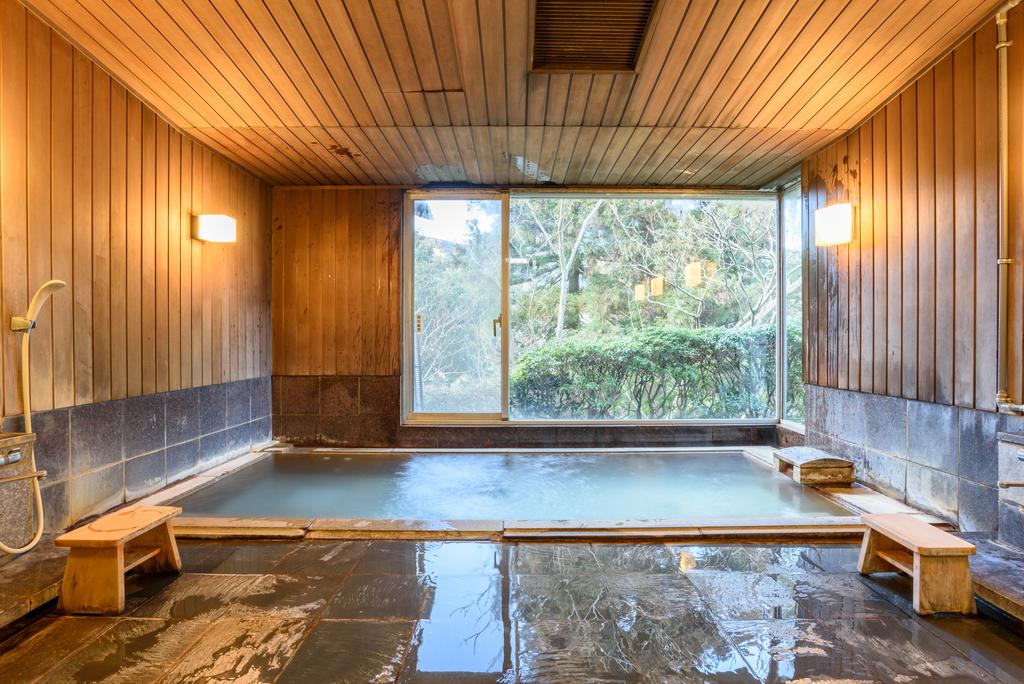
∴
Day 7:
Hakone Loop Path
You can pretty much see everything you want on this 3-6 hour loop of the area. Bus, trains, cable cars, and ships will whisk you away in a big loop route of Hakone! This is where your Hakone Free Pass will really pay off. The Loop is pretty straight forward, so you shouldn’t have a hard time finding you way. Head back to the bus stop and take the bus outside of the train station to the Hakone Shrine.
Morning: Hakone Shrine to the Ashi Lake Boat
Pretty much everyone has seen this famous Japanese lakeside Torii Gate in some photo or another. The red pillars jut out from the shoreline with Fuji towering in the distance. The temple is especially beautiful in the winter snow, another bonus for visiting in the wintertime!
The temple is best with morning light if you are hoping for photos of the famous torri gate without being back-lit. After exploring the temple, get your tickets for the next Ashi Lake Cruise to the opposite side of the lake. This is a 30 minute boat ride, included in your Hakone Free Pass, that will drop you off at the terminal for the cable car to the Owakudani Sulfur Vents and Hot Springs.
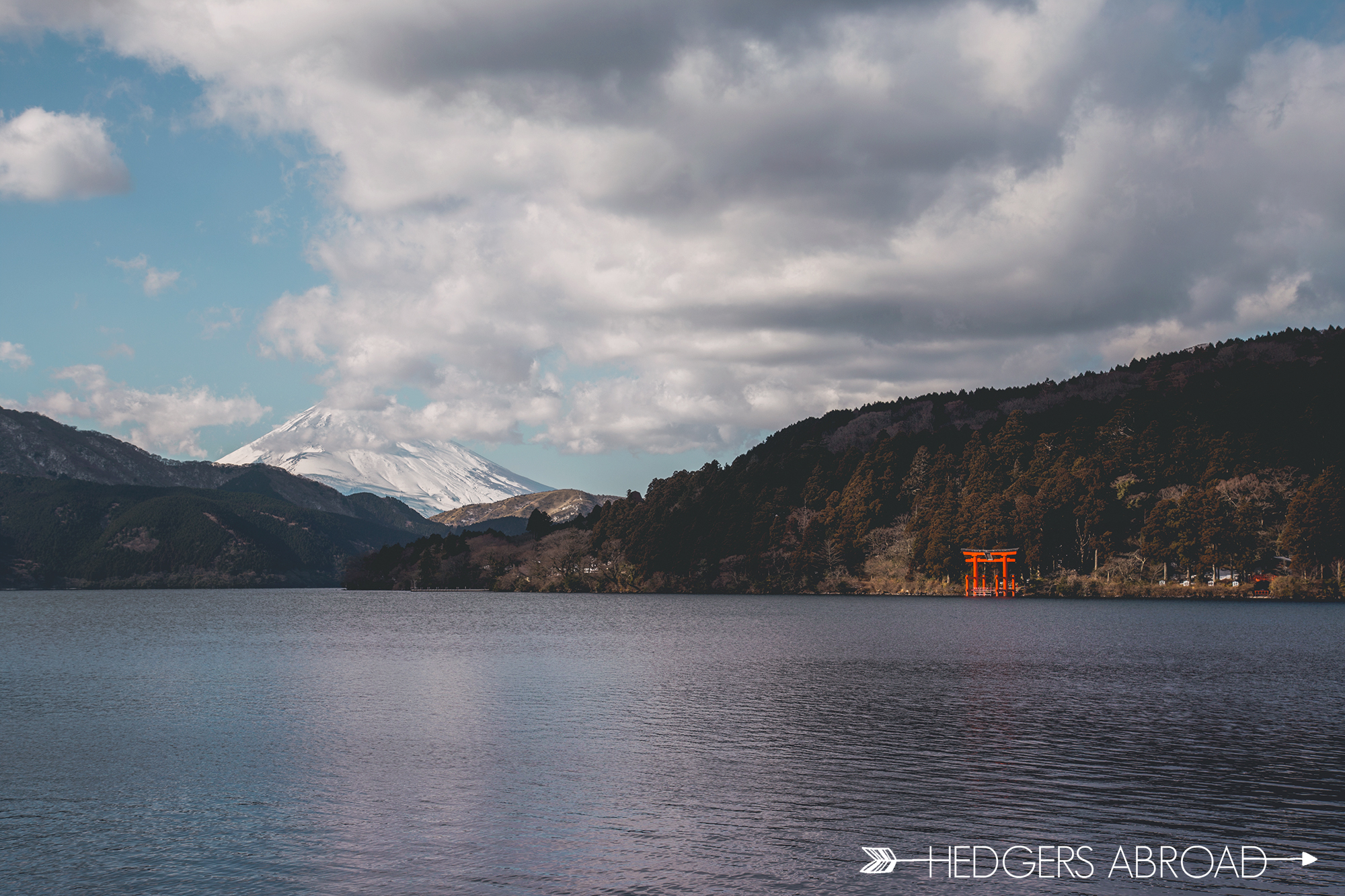
Afternoon: Owakudani Sulfur Vents to Gora
Riding a cable car to a smelly hole in the ground, eating black sulfur eggs, AND views of Mt. Fuji?! Seriously, if there is a better way to spend an afternoon, I don’t want to hear about it. You have to eat at least 5 eggs for it to really count though.
Ride the cable car and eat your weight in sulfuric eggs. Surprise, they taste basically the same as regular hard-boiled eggs! You will then hop back on the cable car to head towards Sounzan.

Once in Sounzan catch the red trolley car down the hill to Gora. From here, be sure to make a stop at the Gora Brewery and Grill. Grab a couple of to go beers and sit outside at their amazing footbath!
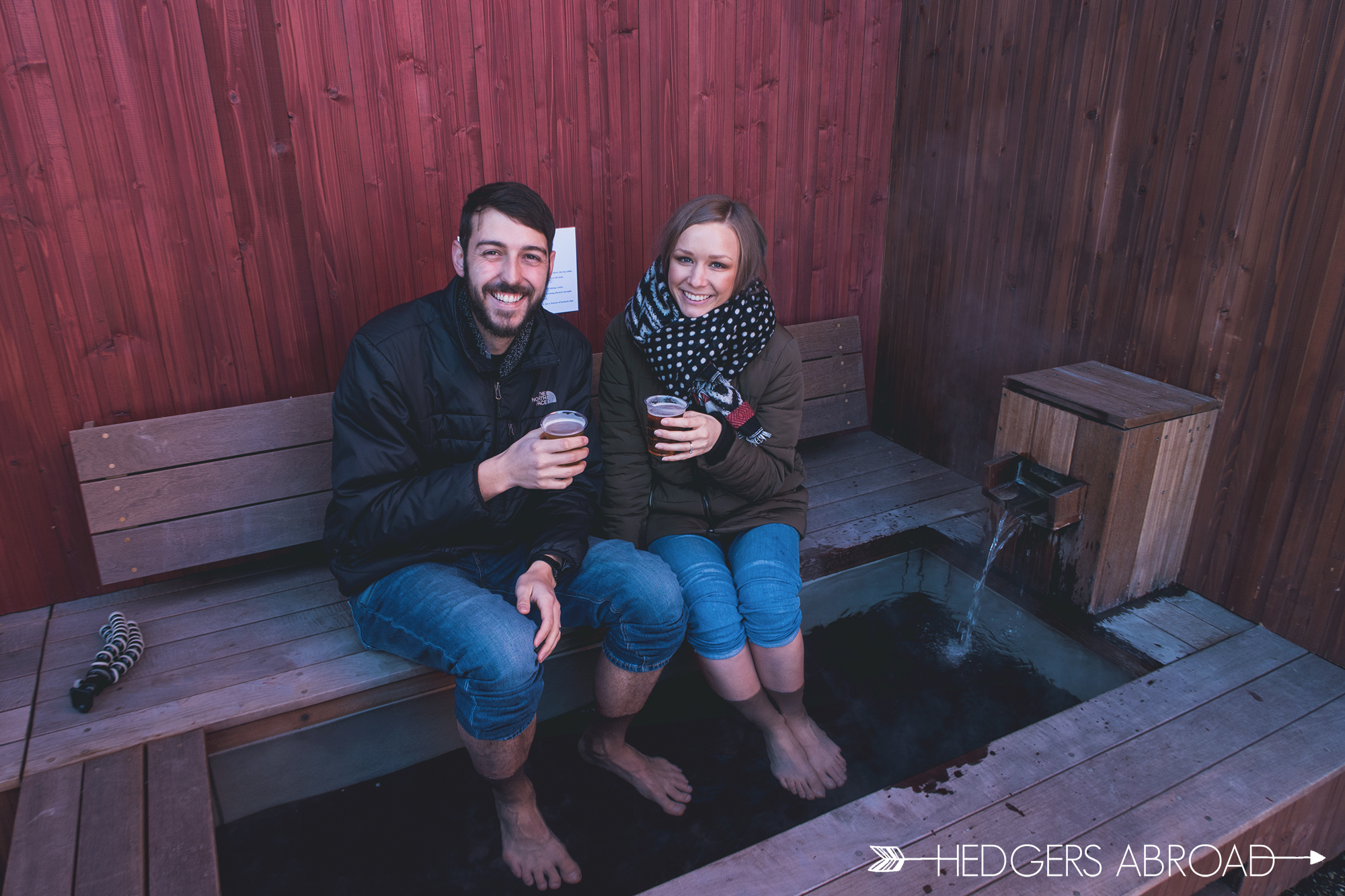
Late Afternoon: Gora to Hakone
From here, you will take the Tozan Train all the way back to Hakone! There are tons of museums, restaurants, and shops in many of the small villages, so check those out if you have the time. The loop took us about five hours so we could have gone much slower.
MATSUMOTO (2 DAYS)
History, art, and charm, that’s why we settled on going to Matsumoto. That’s also why we are suggesting Matsumoto in our 2 Week Japan Itinerary! An added bonus was that everything we wanted to see and do in the city was all within walking distance of each other. If you are considering doing Matsumoto as a day trip from Tokyo, it is a great choice!
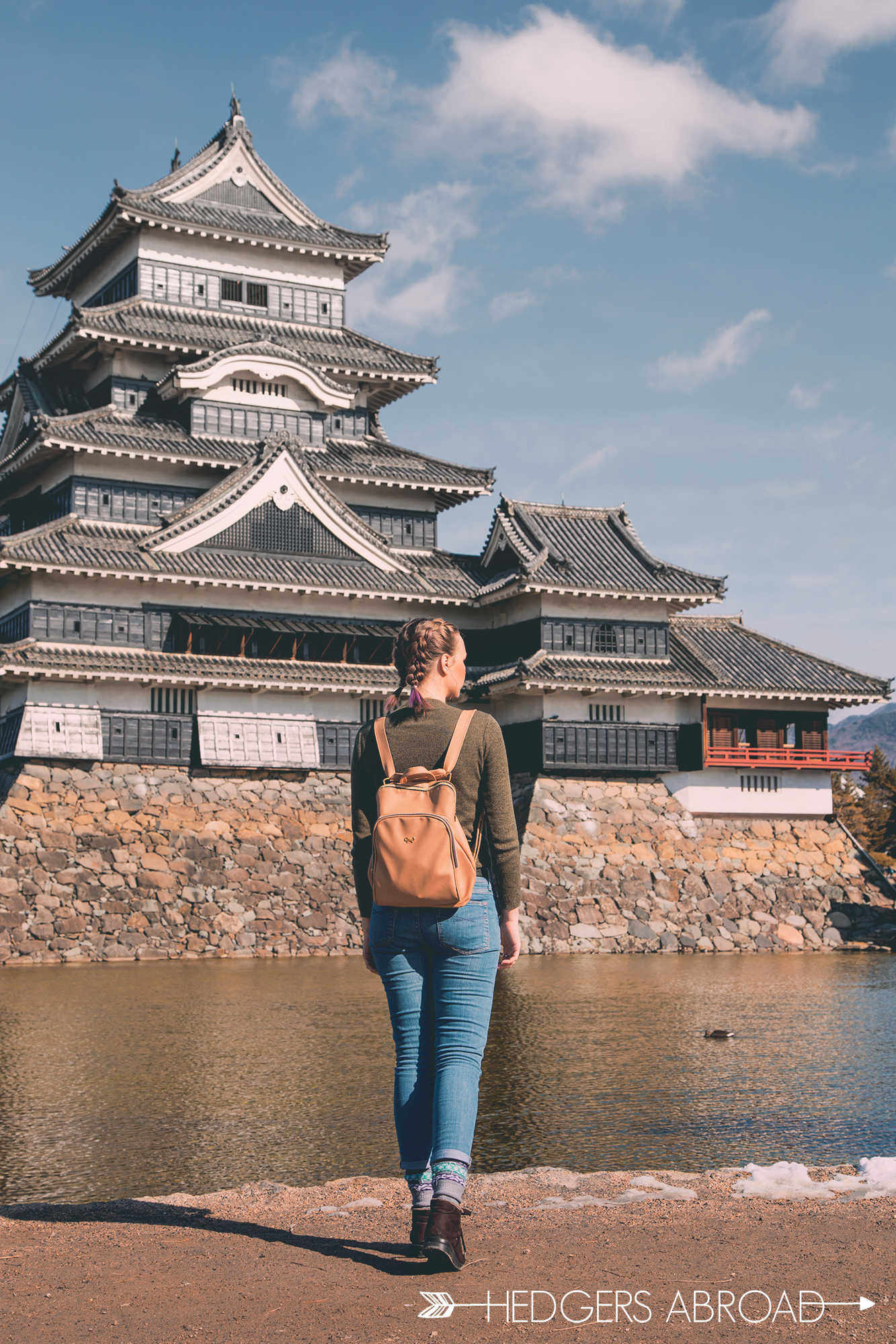
∴
Day 8:
Transfer To Matsumoto Via Tokyo, Browse Seikando Castle Bookstore, Go Souvenir Shopping
Morning/Afternoon: Get to Matsumoto
Catch the train from Hakone to Shinjuku Station. YES YOU HAVE TO GO BACK TO TOKYO FOR THE FASTEST ROUTE. Unless you have you own rental vehicle, then ignore this completely and drive the easy hour and a half northeast to Matsumoto.
From the 3rd floor of the bus terminal across the street from Shinjuku Station, catch the Willer Bus to Matsumoto. It should only take you three hours and cost around $35 (3500 yen) each.
Late Afternoon: Seikando Castle Bookstore
Charm! Matsumoto has it on every street, and this uniquely odd bookstore is no exception. The Seikando Bookstore was modeled specifically by the owner to mimic the nearby Matsumoto Castle when it was renovated nearly 70 years ago. It can be found crammed between two modern buildings and this flanking creates quiet a surreal scene.
Take a moment to go inside and check out all the old and secondhand books both in Japanese and English! A couple of doors down is a wonderful souvenir shop that you shouldn’t miss either, especially their fun and cheaply priced Kabuki masks.
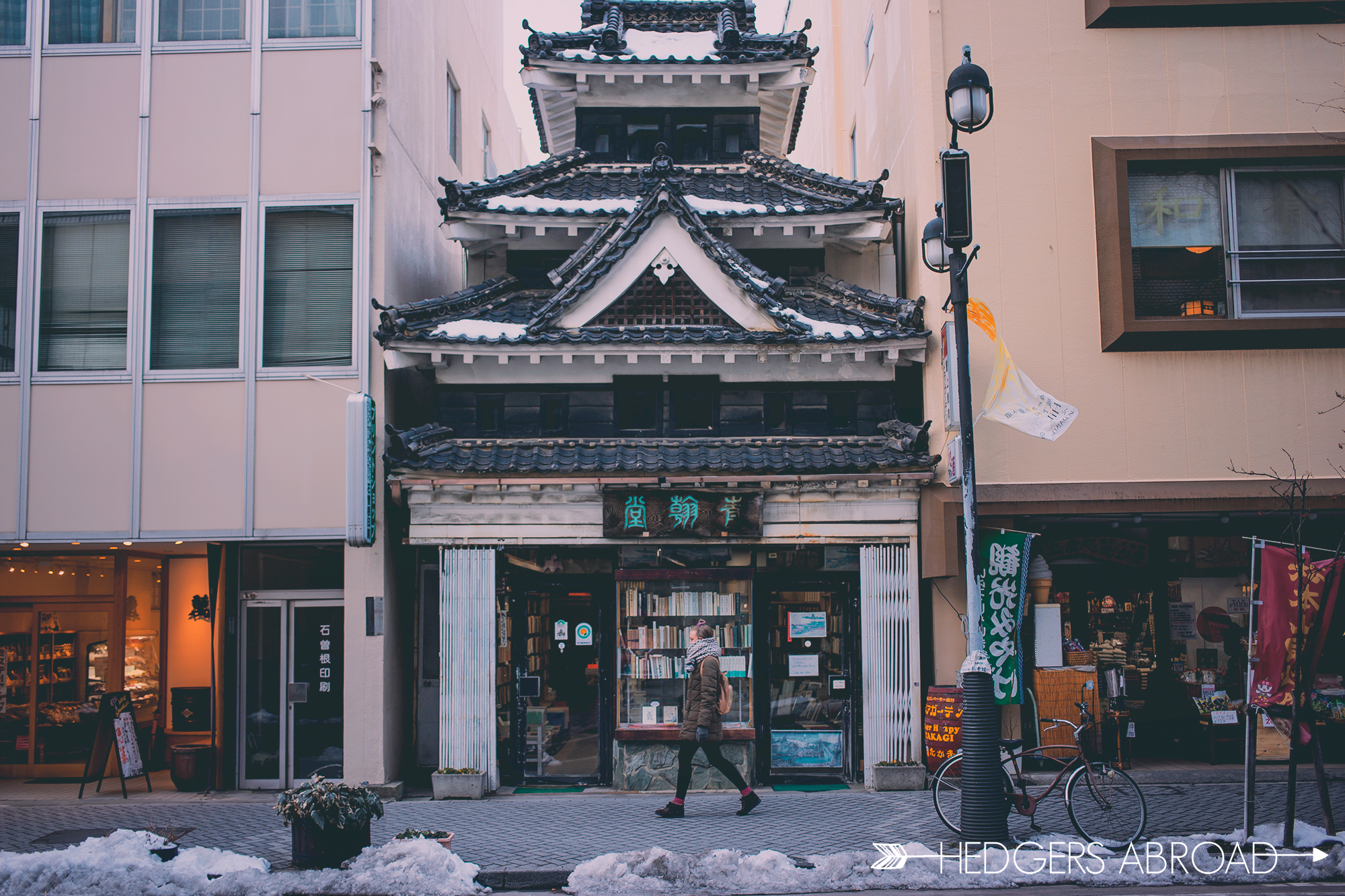
Souvenir Shopping On Nawate Street (Frog Street)
This walking street is a great place for food, shopping, and spying little frog statues placed sweetly throughout the street and along the shops. Our favorite place was actually a bakery called Sweet Co. Nawate that has been in business for over 105 years. It is located near the entrance of Nawate Street. There are five locations across Japan and one opening in Seattle soon.
If you are looking for Matsumoto souvenirs, this is your place! Frogs are popular gifts here as well as the colorfully printed Japanese traditional tenugui fabric which can be used as gift wrapping, scarves, or for decorative display. Don’t forget to check out Yohashira Shrine at the entrance to the market if you are looking for a stamp in your Goshuincho stamp book.
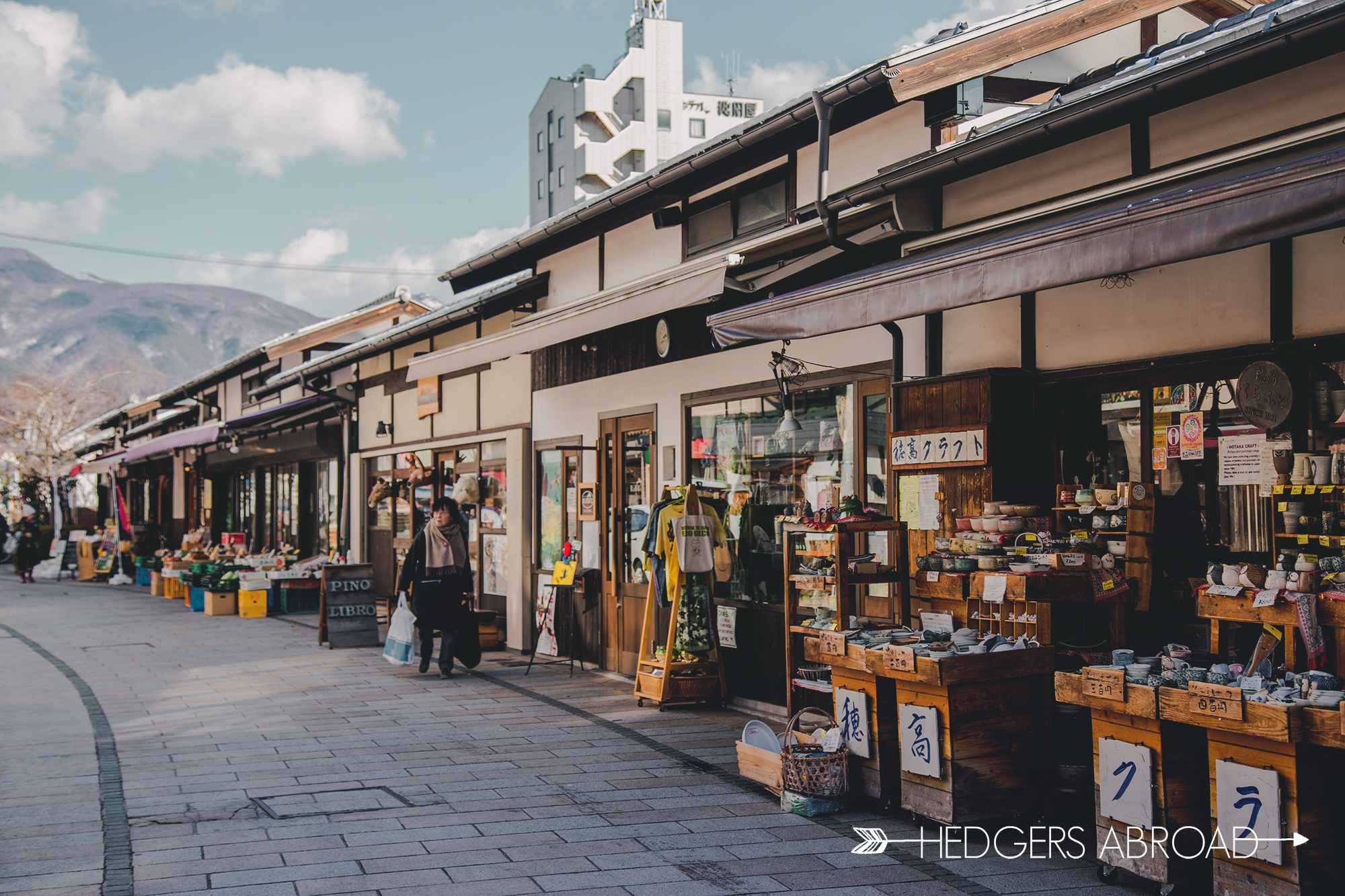

∴
Day 9:
Tour Matsumoto Castle, Eat Lunch On Nakamachi
Street , See The Kusama Exhibit
Morning: Matsumoto castle
This is the other highlight of the city, the Matsumoto Castle! One of Japan’s most historic castle’s, the original building was constructed in 1504. It was actually up for demolition when it was sold in 1872, but residents of Matsumoto came to the rescue it when they started a campaign to save the castle. Since then the Matsumoto city government has made numerous efforts to preserve the historic site.
If you are going in the winter, wear thick, warm socks as you are not allowed to wear shoes inside and the floors can get very cold even with the provided slippers.

Nagano Street Food Specialty: Oyaki Buns
Don’t miss out on the Oyaki buns. A specialty of the Nagano prefecture, these warm little buns will fill you up and combat the wintery cold. You can get them with loads of different fillings such as red bean, sweet potato, eggplant, and meats. They’re all good, so you might as well eat one of each to be on the safe side.
You can find several eateries selling these little gems outside of the castle, so warm your freezing toes with a few of these guys before you leave the area!
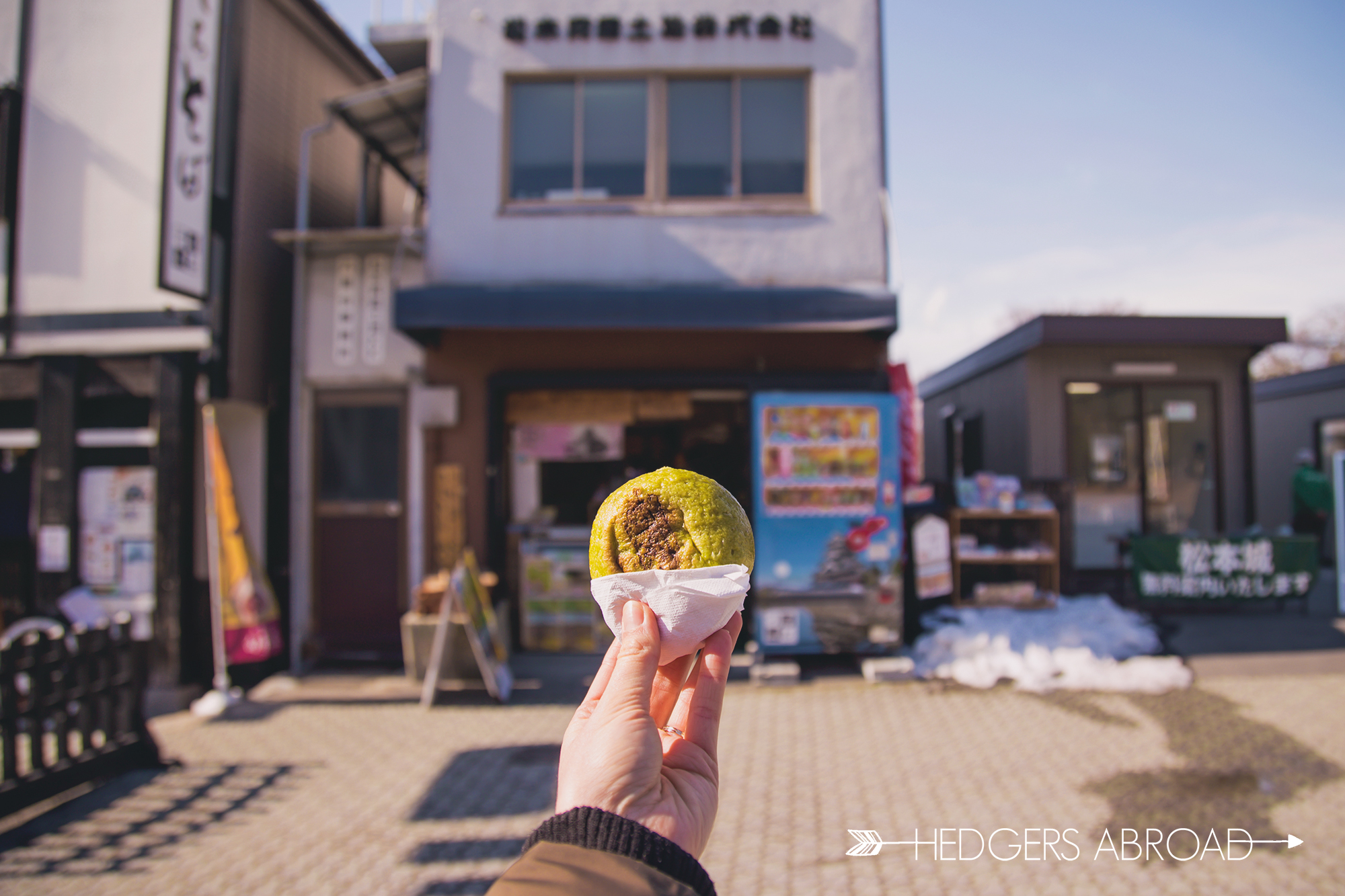
Afternoon: Nakamachi Street
Everything is walkable in Matsumoto, so as long as you stay in the central area, you can walk to any of these points of interests in the city. This street is lined with a number of warehouse buildings (kura) with white painted walls, a characteristic of former merchant districts. Some of these buildings are over 100 yeas old, lending to its aesthetic nature.
Eat and shop along this scenic street, and certainly don’t forget to check out the vintage Samsara hippie shop where you can listen to old records and shop “Fork Art” (a common misspelling of folk art!)
Late Afternoon: Matsumoto City Art Museum
If you don’t know about Yayoi Kusama, Google her right now. Seriously. Here, I’ve done it for you. Yayoi Kusama is a modern artist you definitely have to see in person and Matsumoto is her hometown! The Matsumoto City Art Museum hosts some of her art permanently on display. The museum is closed on Mondays and is open from 9 – 5 on every other day. Adult tickets are 400 yen and children are 200 yen.
Check out Kusama’s sculptures, room installment, paintings, as well as some of her early work! If you were unable to snag tickets to the Kusama Museum in Tokyo like I was, this is your next best thing!
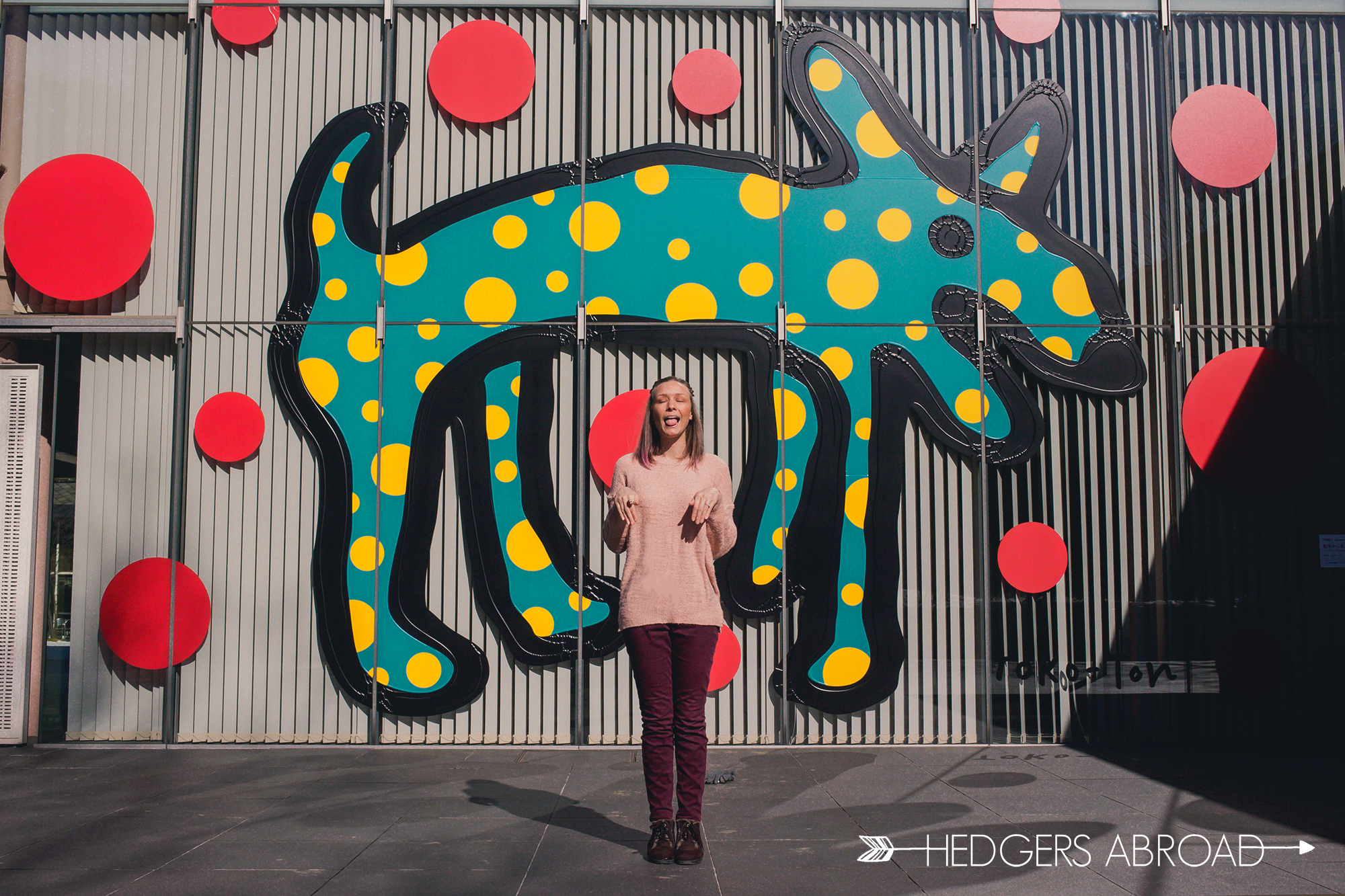
NAGANO (3 DAYS)
For your 2 week Japan itinerary in winter, why wouldn’t Nagano be on your top list of places to visit? Nagano City is the capital of the Nagano prefecture and was host to the 1998 Winter Olympic Games meaning there’s loads of skiing and snowboarding opportunities! If snow is what your looking for while you travel around Japan this winter, Nagano is where you want to be.
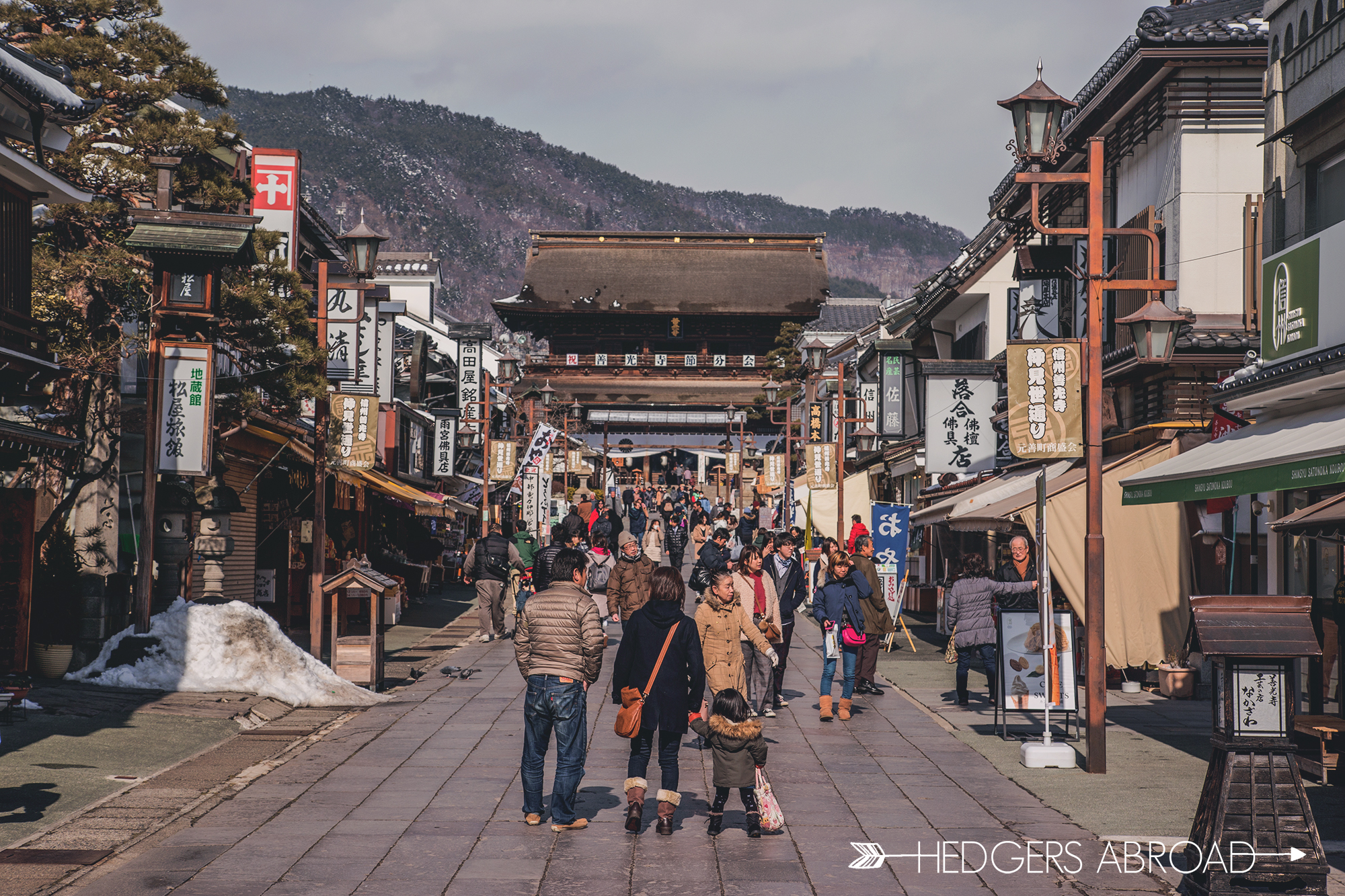
∴
Day 10:
Arrive in Nagano City, Check out Temple Street
Morning: Arrive in Nagano City
Take the train from Matsumoto Station to Nagano City. This was the cheapest train we took and cost us around $9 each, and was about an hour ride. If you wish to buy a the Snow Monkey Park One Day Pass (see below), you can purchase it at the station when you arrive.
Afternoon: Zenko-ji Temple and Shopping Street
Right in the middle of Nagano City is what we call, “Temple Street,” a long cobblestone walking path that slowly ascends upwards past many temples, shops, and eateries. This is definitely the perfect place to get your Goshuincho stamps from the resident monks!
Check out temple street in the late afternoon on your way up to the historic and large complex of the Zenko-ji Temple. Later in the evening, eat at one of the eateries along the walking path.

∴
Day 11:
Monkey Hot Springs OR Matsushiro Historic Town
Option One: Snow Monkey Park
These are the only Macaque monkeys in the world who bath in hot springs and you can only see them in Japan. To get there, you should buy the Snow Monkey 1-Day Pass which will include unlimited one day use of the Nagaden train, bus, and express bus as well as your entrance fee to the park. The tickets are 3200 yen per person and you can purchase it from the window inside the Nagaden Nagano Station.
Mentally prepare yourself for a cold, and possibly snowy, one mile hike in the morning in order to beat the crowds. Afterwards, check out the Jigokudani Onsen Korakukan onsen which lies in front of the Snow Monkey Park. Unfortunately, they do not allow guests with tattoos to bathe here.

Option Two: Matsushiro Castle Ruins and Historic Town
Samurai. Castle ruins. Underground vaults and tunnels. Matsushiro is an historic and beautiful town well worth checking out. You could easily spend an entire day here, so it’s certainly a great option if monkeys and cold hikes aren’t your thing!
Take the Matsushiro line bus from Nagano Station. It leaves every half hour from platform 3 of the Zenkoji exit. For historical sites, get off at the Matsushiro Eki stop. See the castle ruins, the famous Sanada samaruai family residence, the Bunbu Military Academy, and much more. Check out Go Nagano for more information!
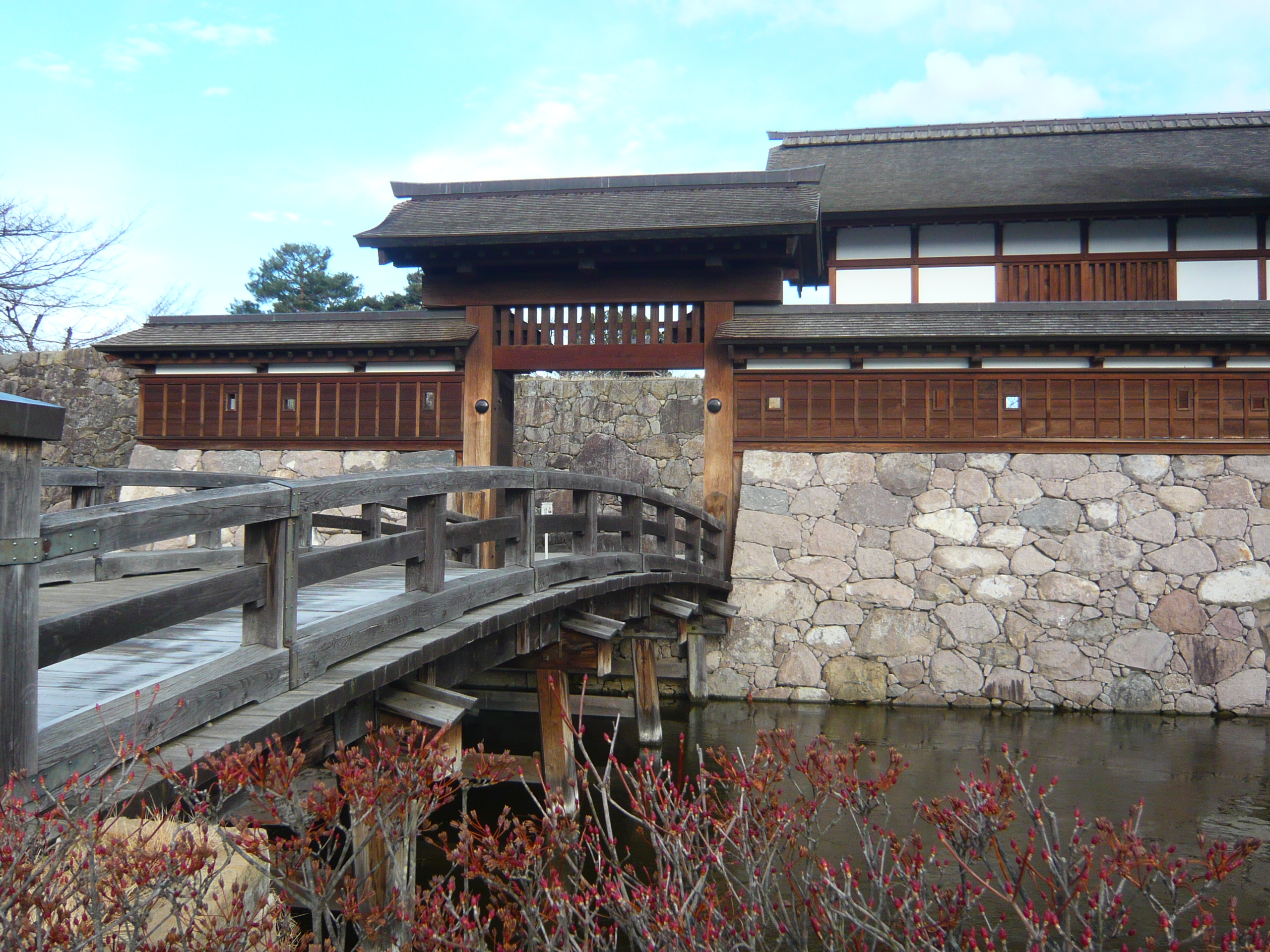
∴
Day 12:
Ski Your Heart Out!
Catch the Bus to a Ski Resort!
In Nagano province, there are many choices for different resorts to go skiing. Most of them are within a couple of hours from Nagano city so you can easily bus there as well. This is the land of the Nagano Olympics, so you simply have to ski these slopes!
From the Nagano Station, you can buy your bus tickets to any of the nearby ski resort towns. Most are between an hour to three hours away, so plan to get an early start!
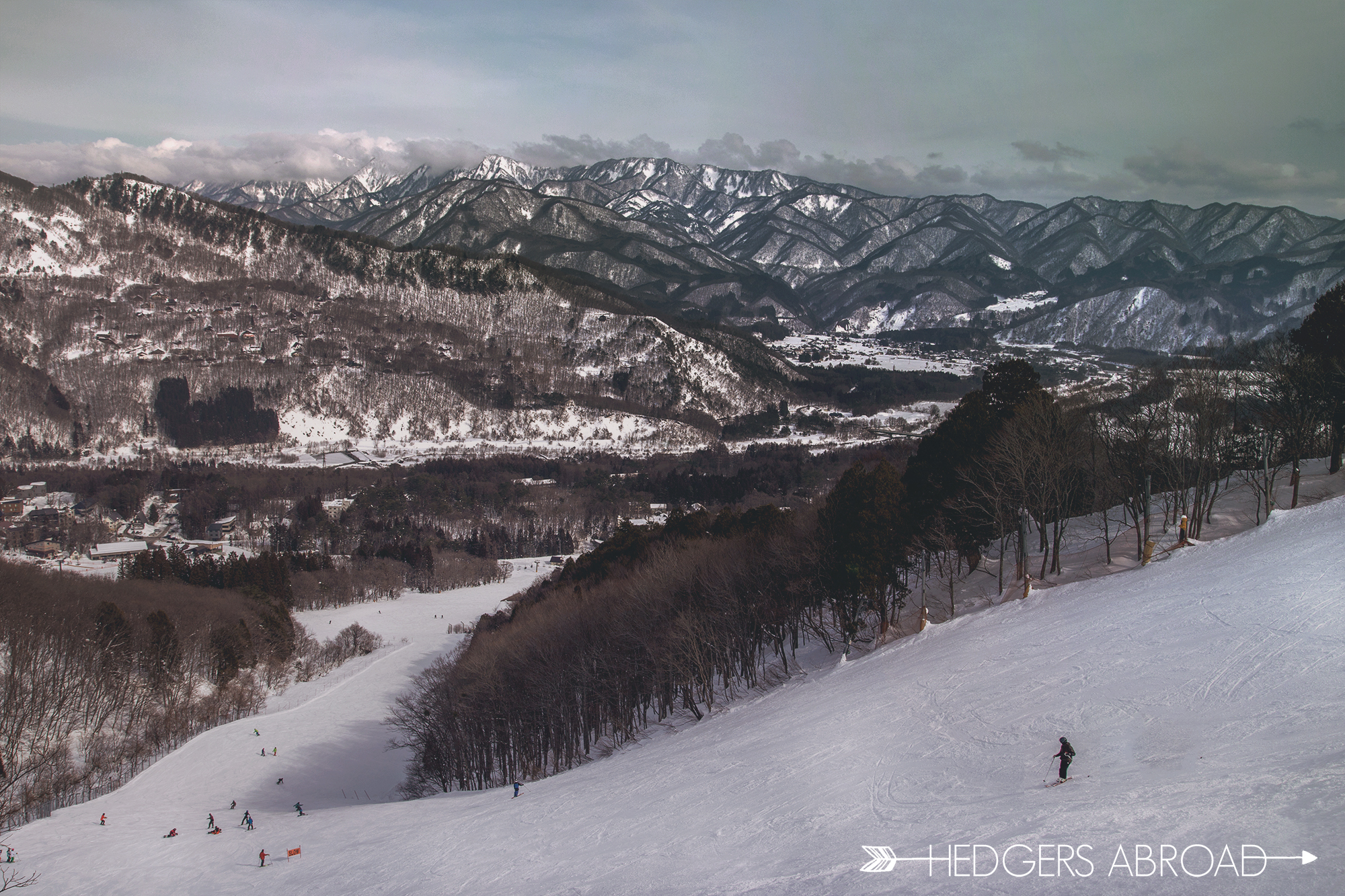
TOKYO (2 DAYS)
For the end of this whirlwind 2 week Japan Itinerary, you’ll need to make the trek back to Tokyo in order to catch your flight. We always like to give ourselves a bit of breathing space though, so we spent our last remaining day in the capital relaxing and eating and repeating.

∴
Day 13:
Arrive in Tokyo, Warm Kotatsu Table Dining, Tokyo Skytree
Morning: Bus Back to Tokyo
You can buy tickets via the Willer Bus company’s online website or simply purchase the bus tickets from the Nagano Station window.
Our bus wound its way through gorgeously snow covered rural villages and evergreens for a little over four hours before arriving at the Shibuya Station in Tokyo.
Afternoon: Kotatsu Winter Dining
Kotatsu is a form of dining where you sit on the floor around a low wooden table frame that is covered by a heavy blanket. On top of the blanket sits a table top and you cover your legs with the blanket. Underneath is electrically heated, keeping you completely toasty warm!
Check out Yoyogi Curry in Shibuya for outdoor patio Kotatsu dining in winter! Eat slowly though so you can enjoy these warm blankets to the fullest.

Evening: Views of Skytree Tower
Tokyo’s Skytree tower comes to life, even in the cold winter months! Even in early February when we were there, plum trees were blooming. At night, the tower is lit and makes up a huge part of the iconic Tokyo skyline.
Head to Sumida District on the JR Chuo/Sobu Line to catch nightfall at the Tokyo Skytree Tower. Be sure to wrap up in warm clothes as nightfall in the city during wintertime is very cold!
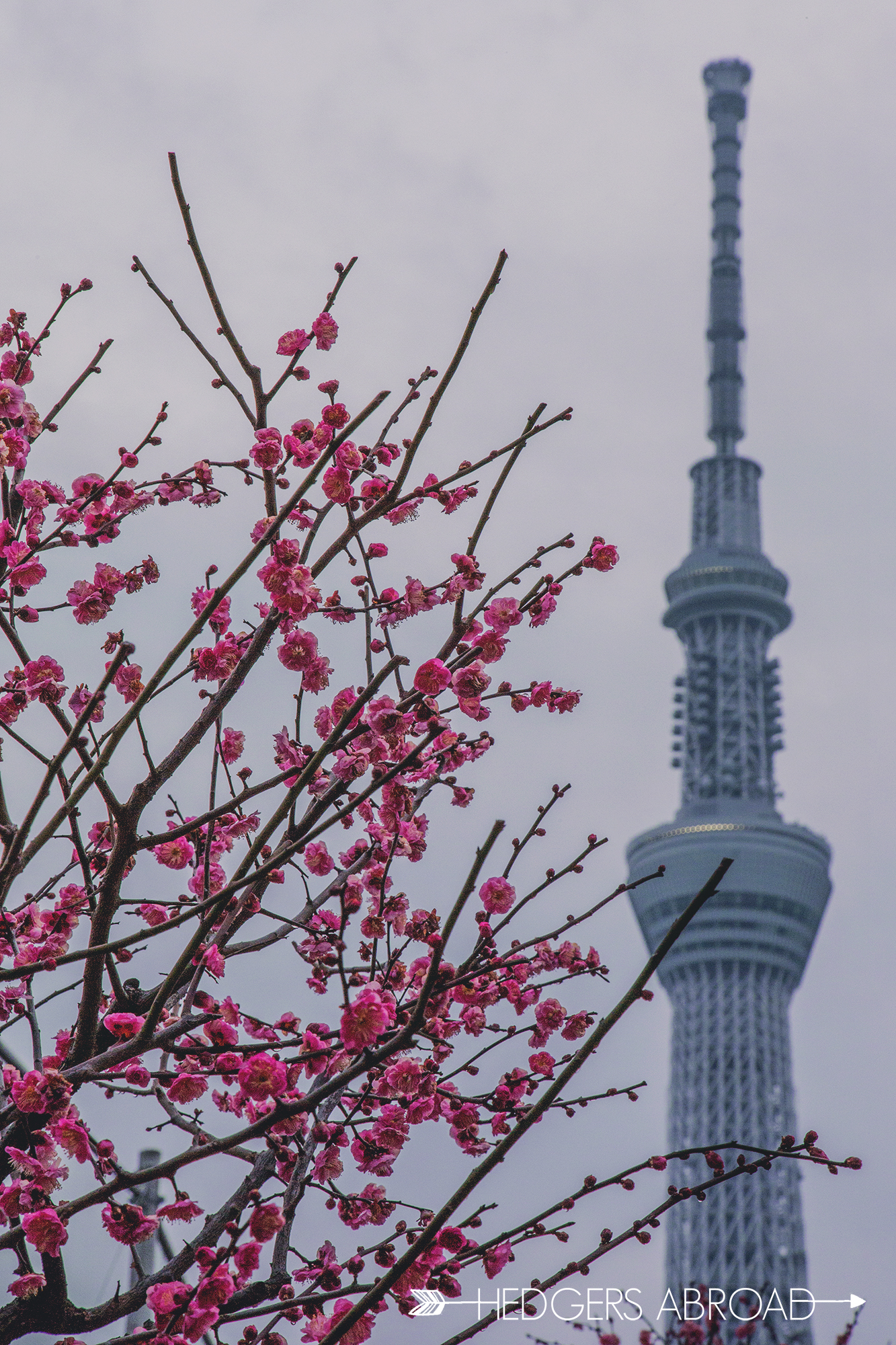
∴
Day 14:
Catch Your Flight
Relax in the Morning and Get to the Airport
Our flight was in the late afternoon, so we simply checked out at 11pm and grabbed the first train to the airport. We could have gotten up early and done one last thing in Tokyo, but we like to leave on our travel days feeling more refreshed.
Check out of your hotel and catch the train back to the airport. The train will take around an hour and a half from most parts of the city and if you are flying internationally, you should make sure to be at the airport at least two hours early!
∴
Have you ever been to Central Japan in the winter? Is there anything we missed out on seeing? Let us know in the comments below! We love hearing from you.
∴





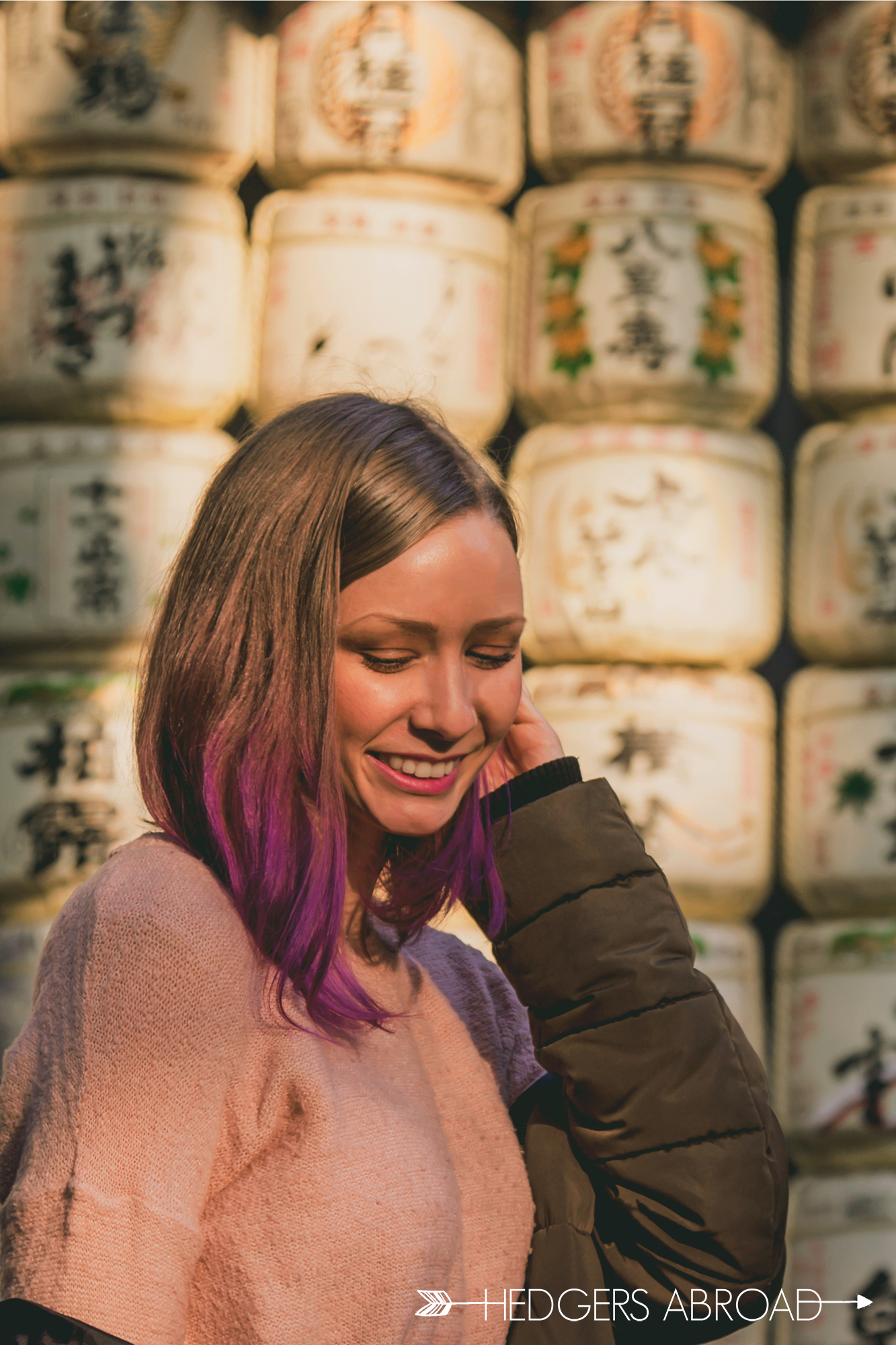




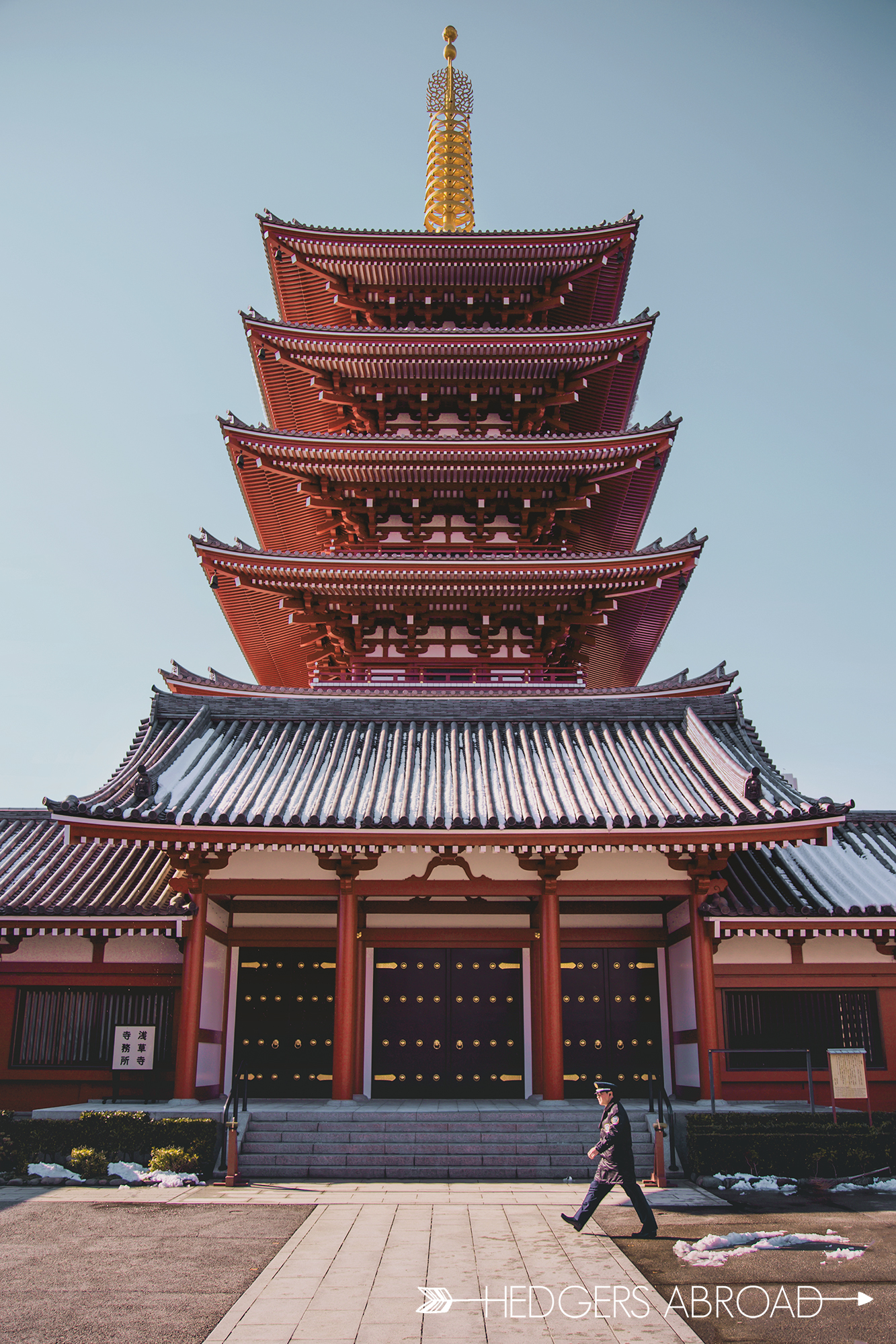






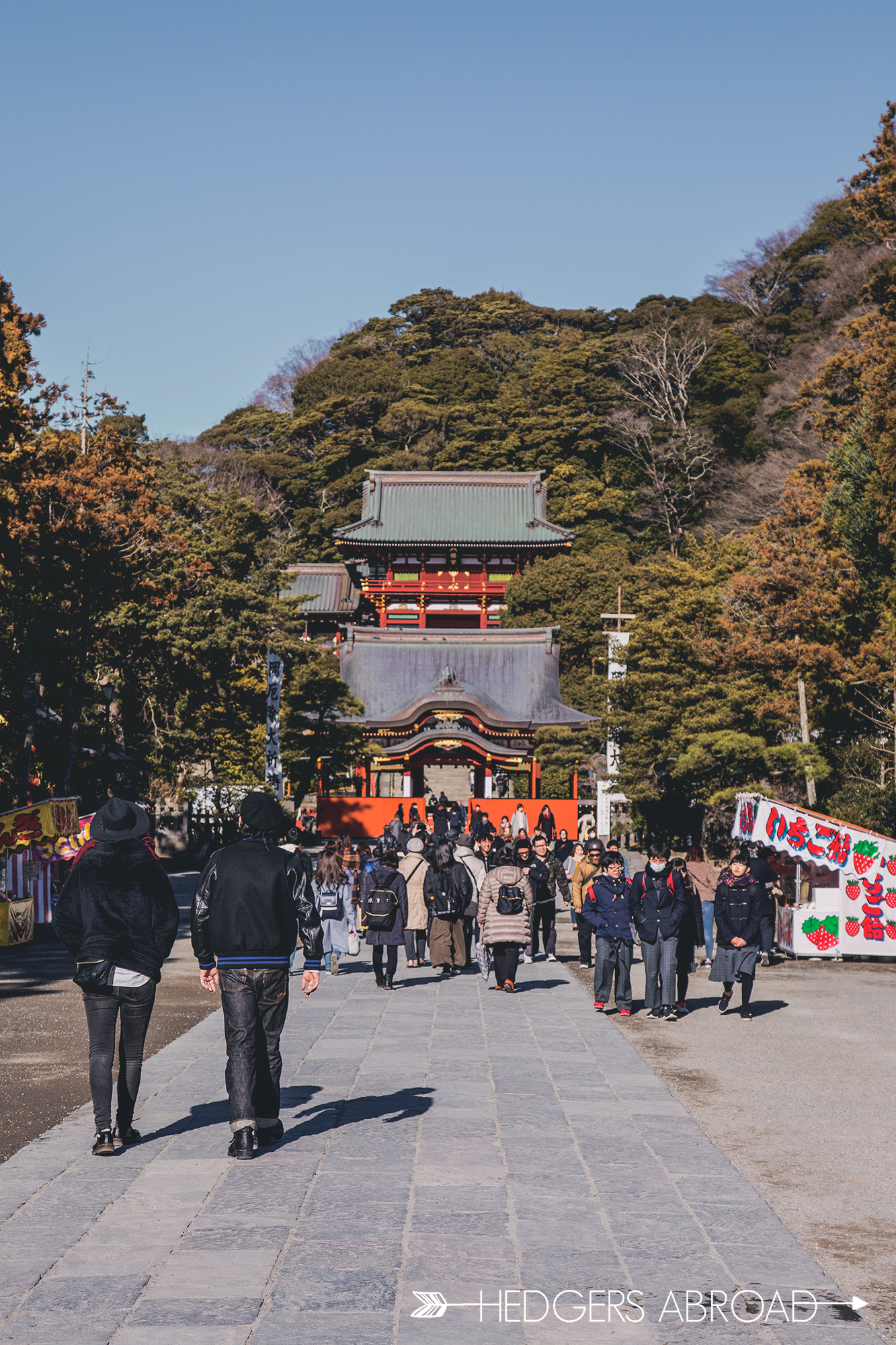
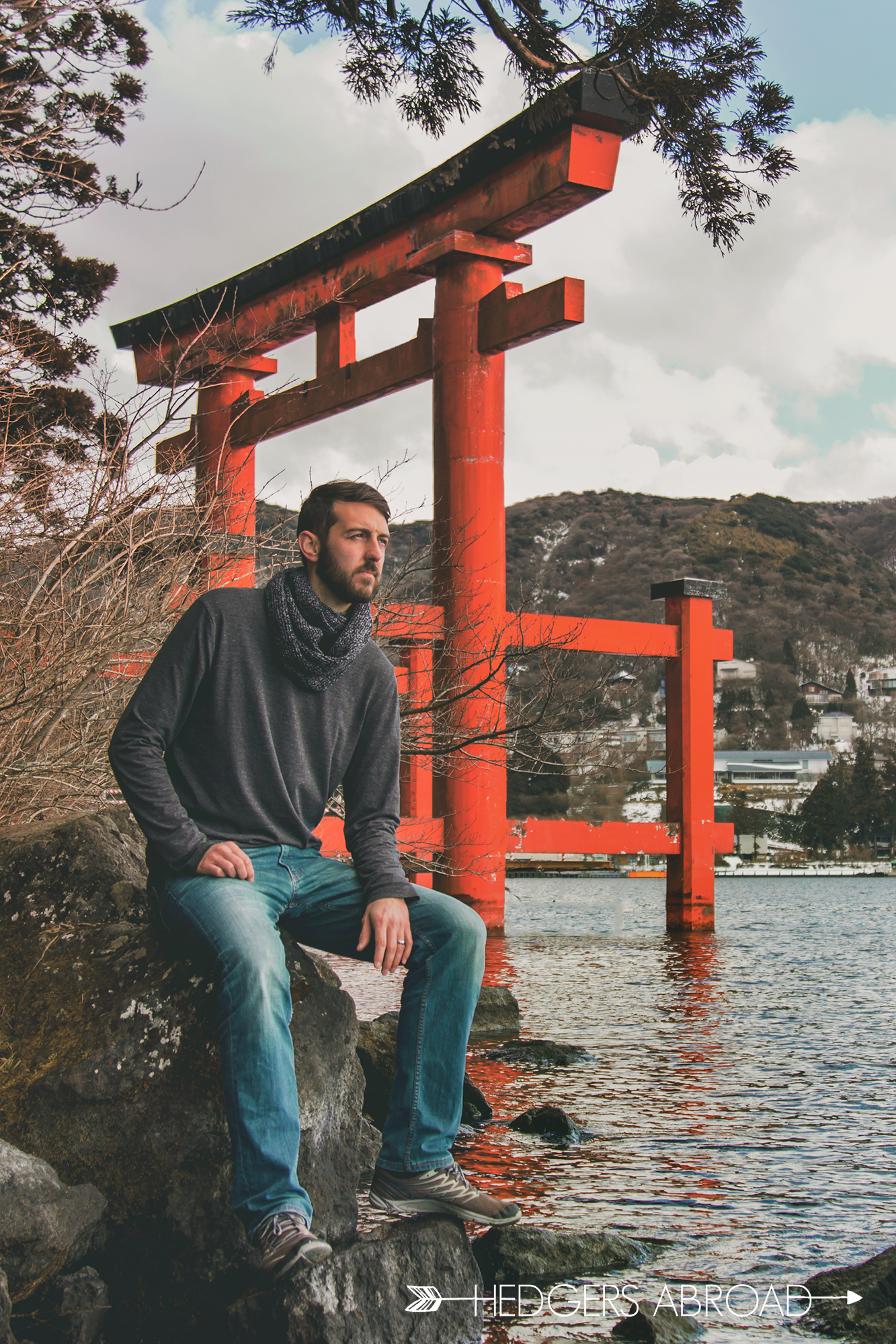
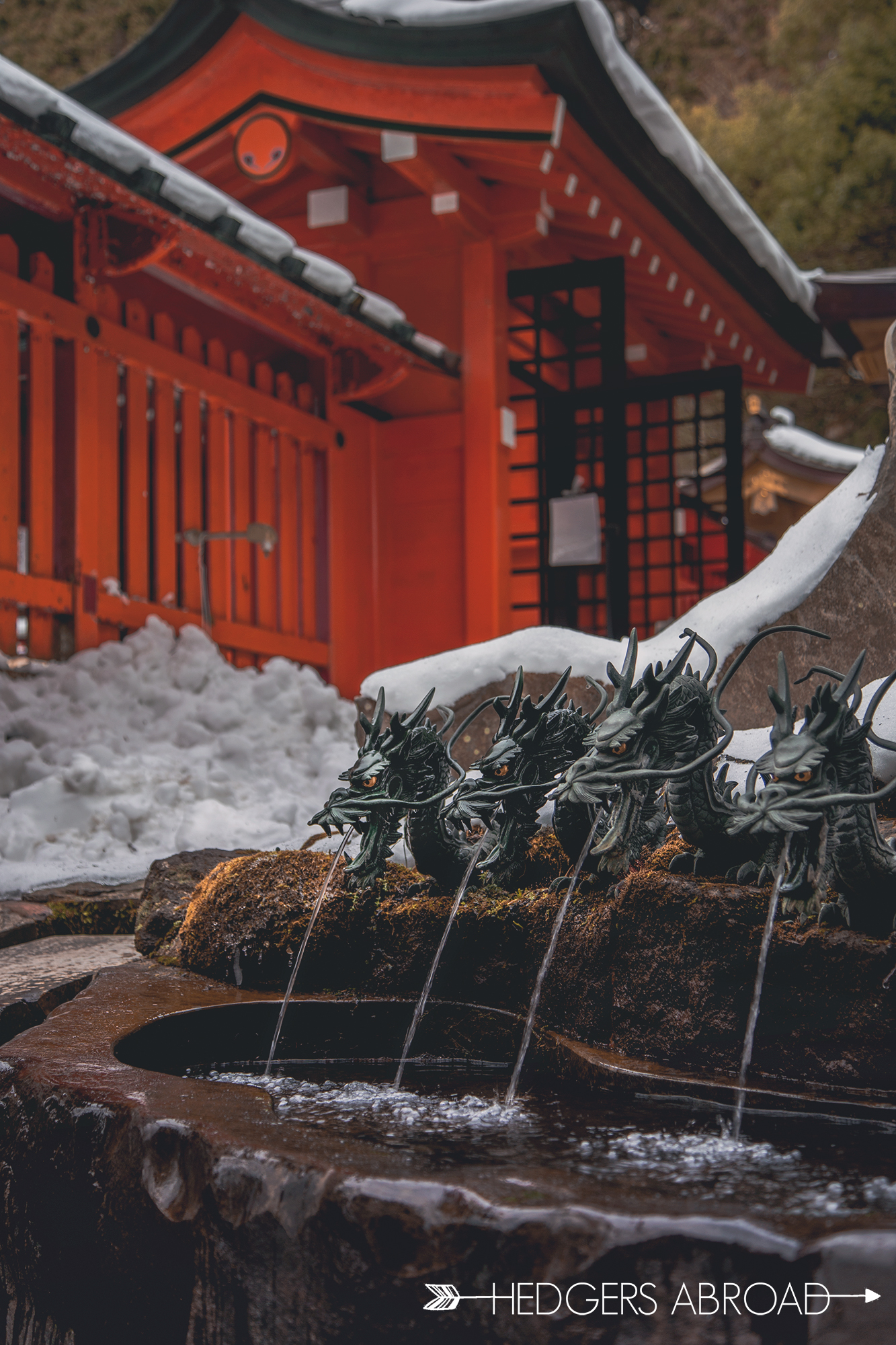
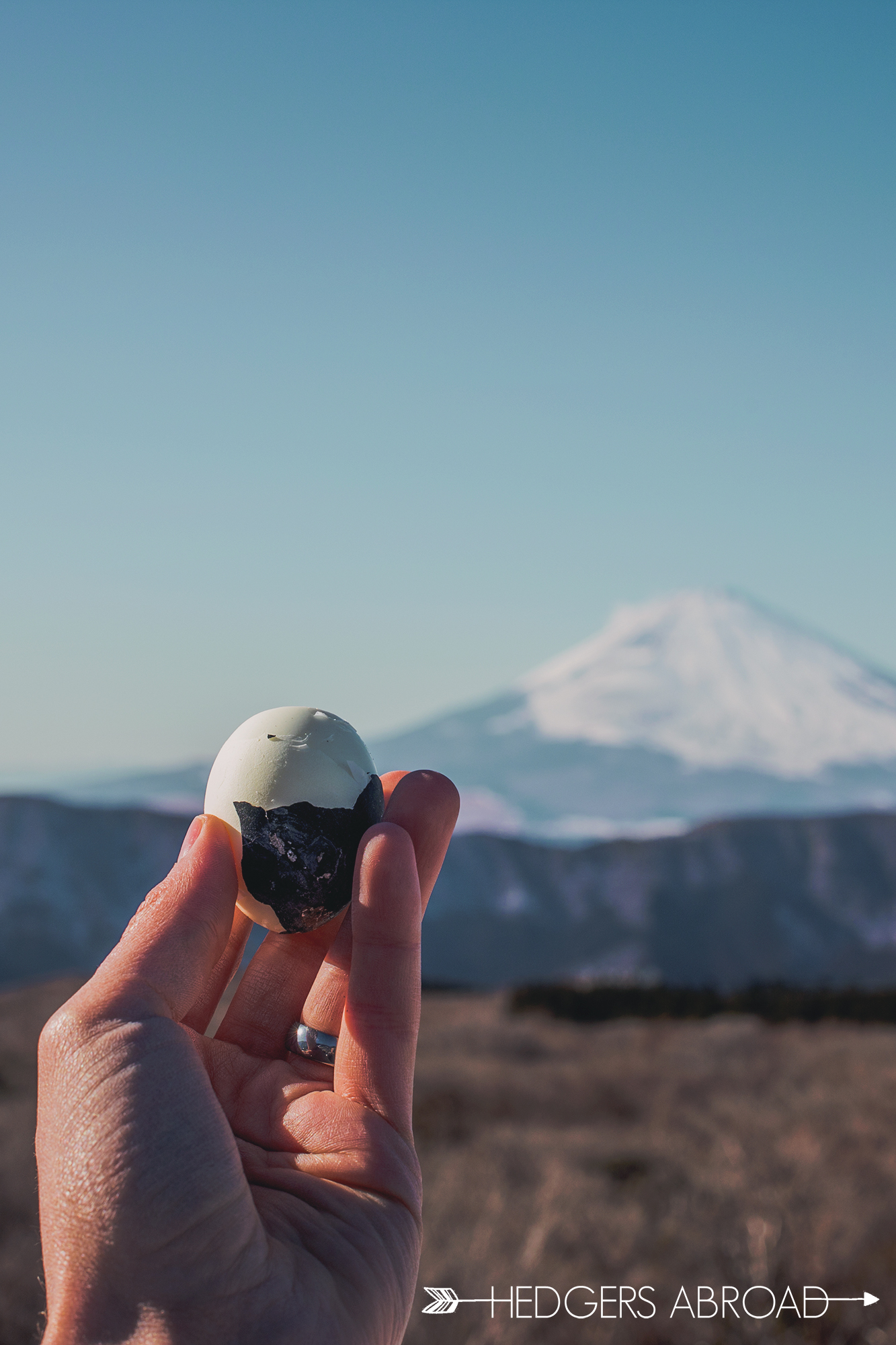





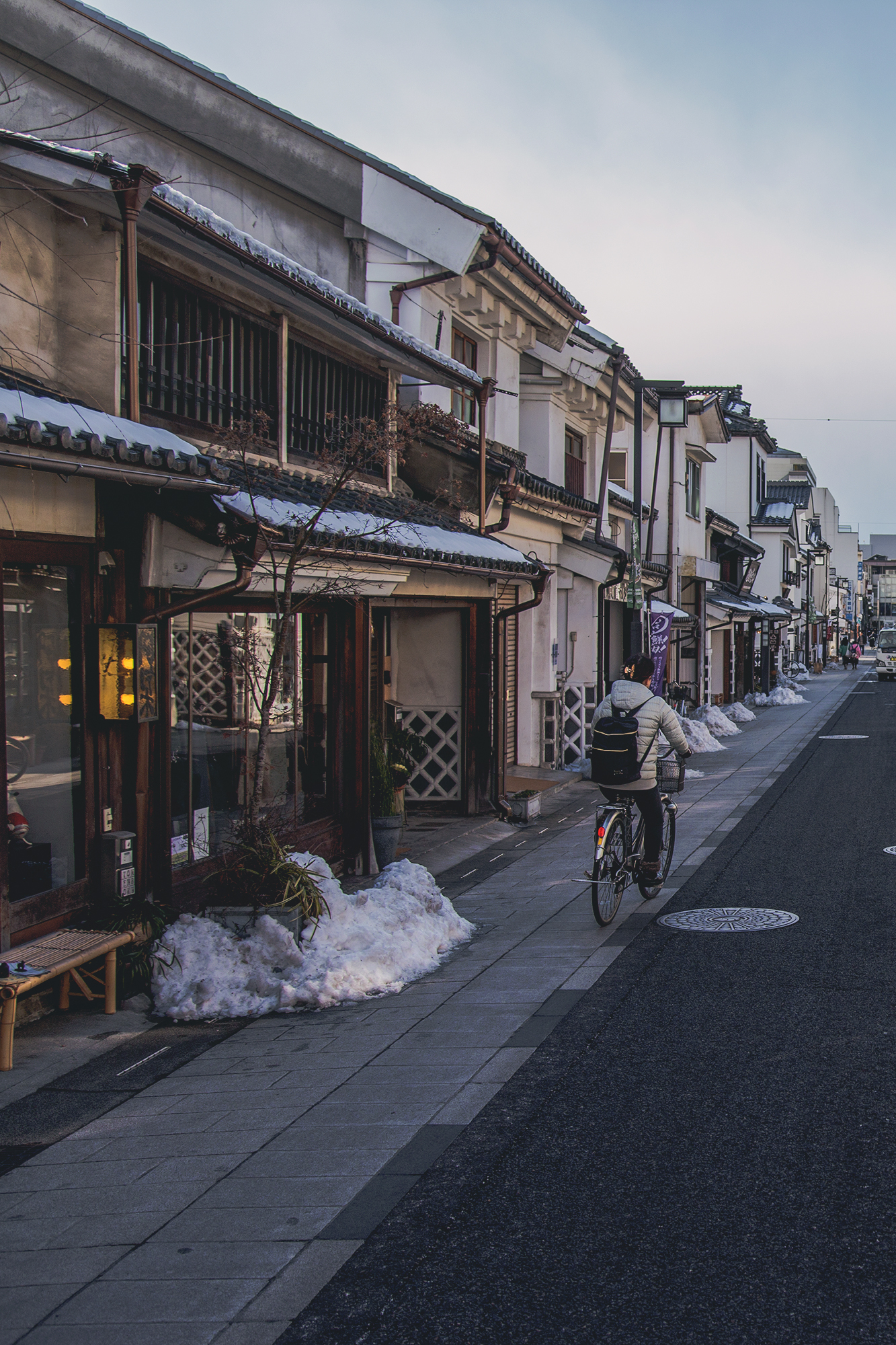
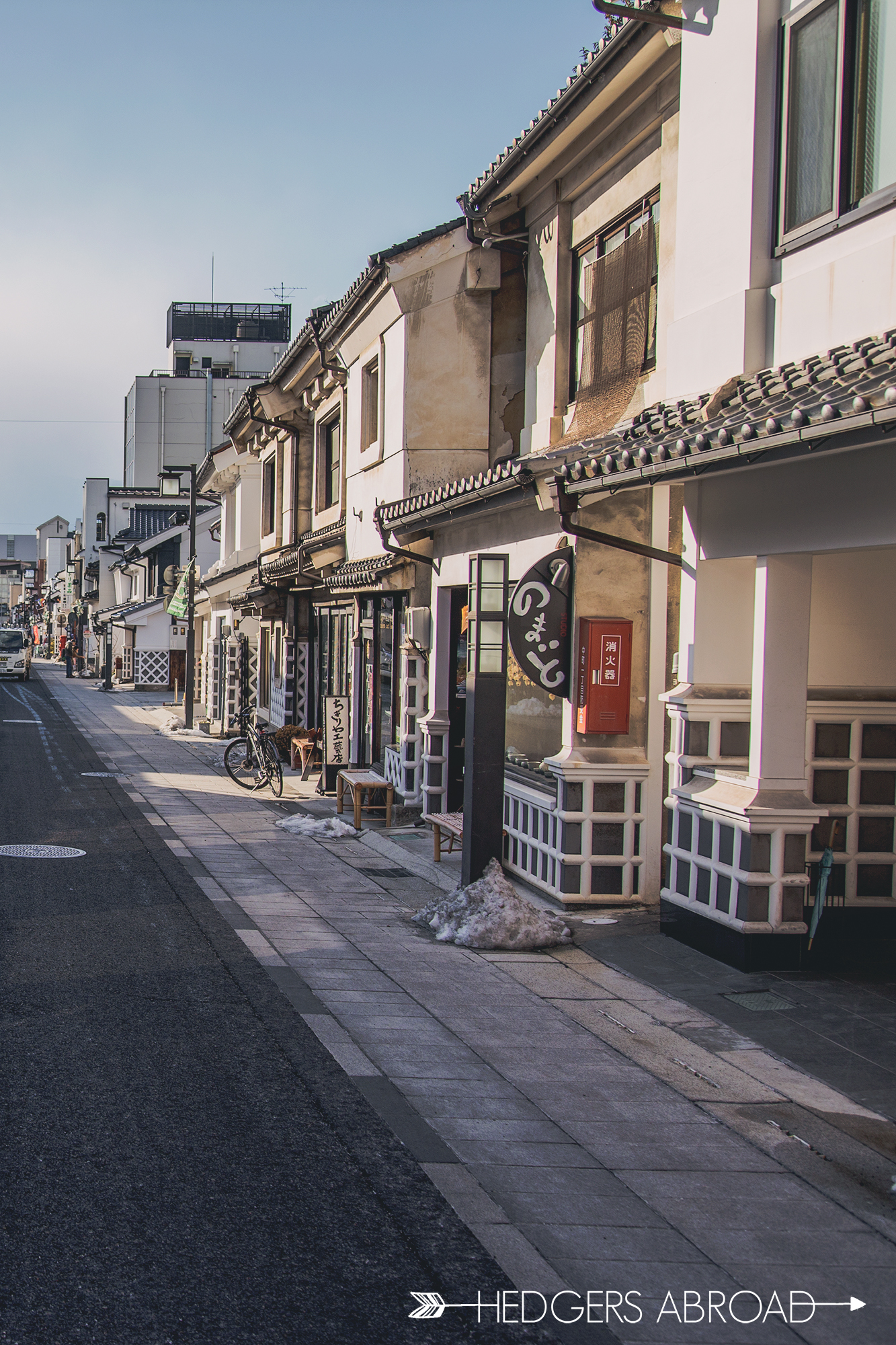

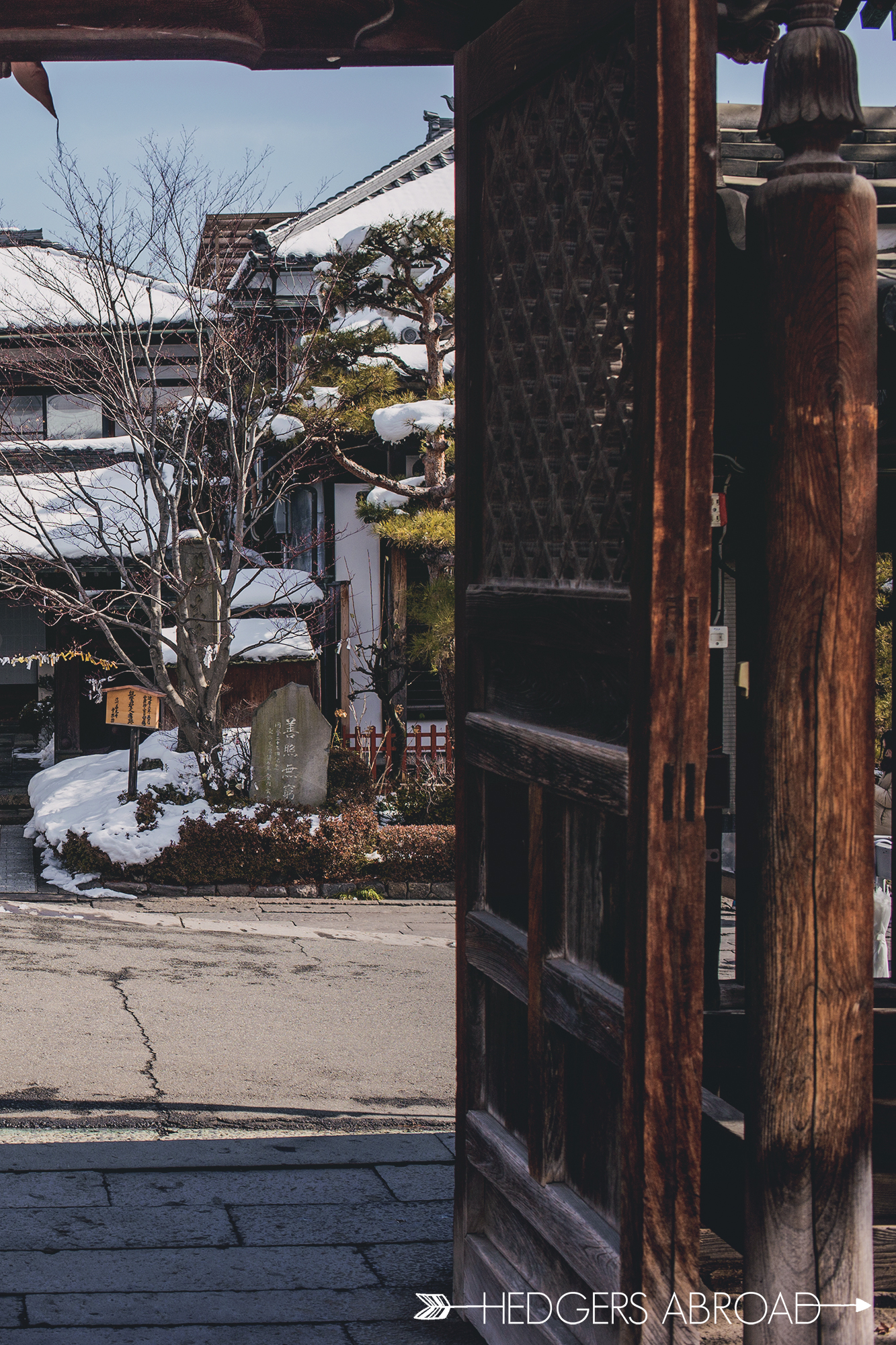
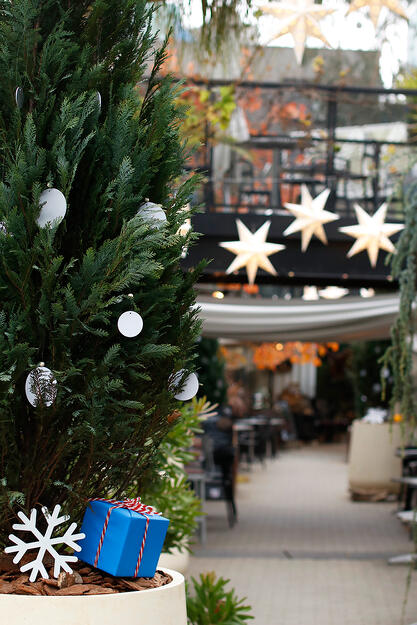
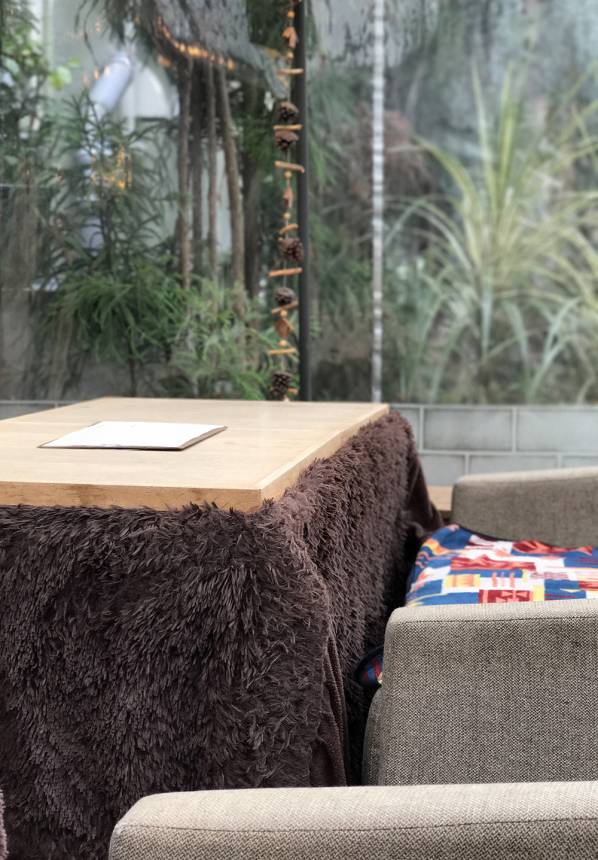
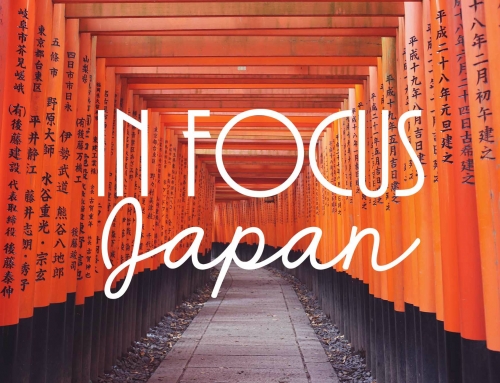


[…] 2 Week Central Japan Winter Itinerary […]
[…] 2 Week Central Japan Itinerary […]
[…] 2 Week Central Japan Itinerary […]
What a fantastic blogpost, thank you so much. I’ve made lots of notes for our upcoming trip!
What an interesting experience! Japan is very attractive to me because of its culture and mentality. But I’m afraid I wouldn’t feel comfortable living there. But as a tourist, I would love to come!